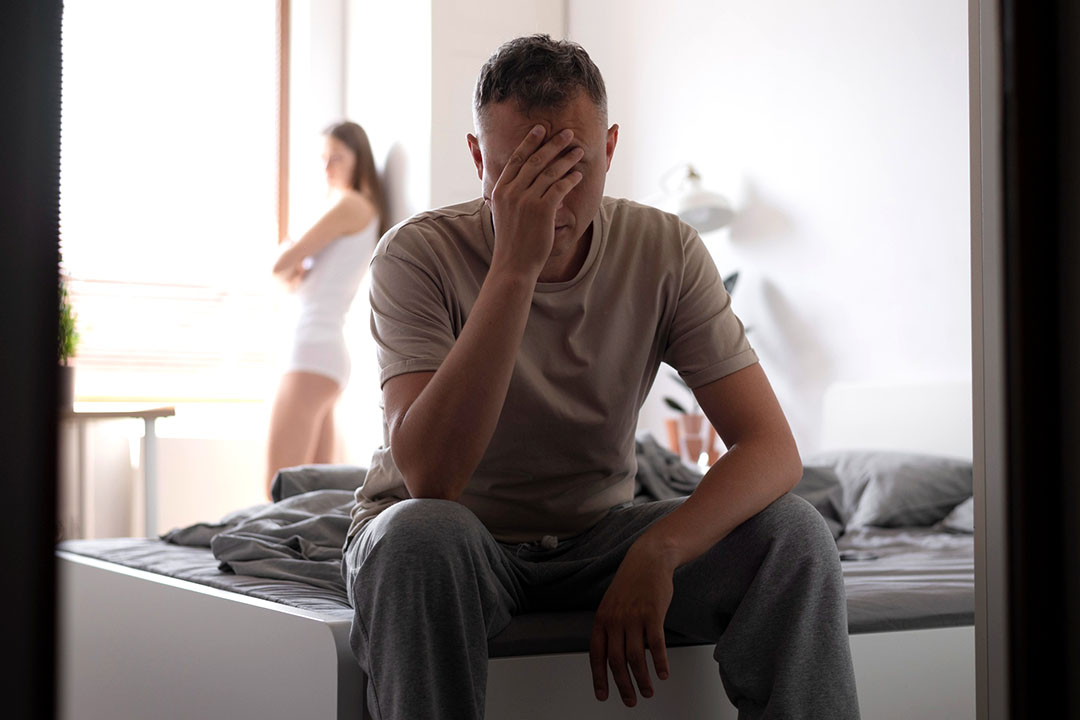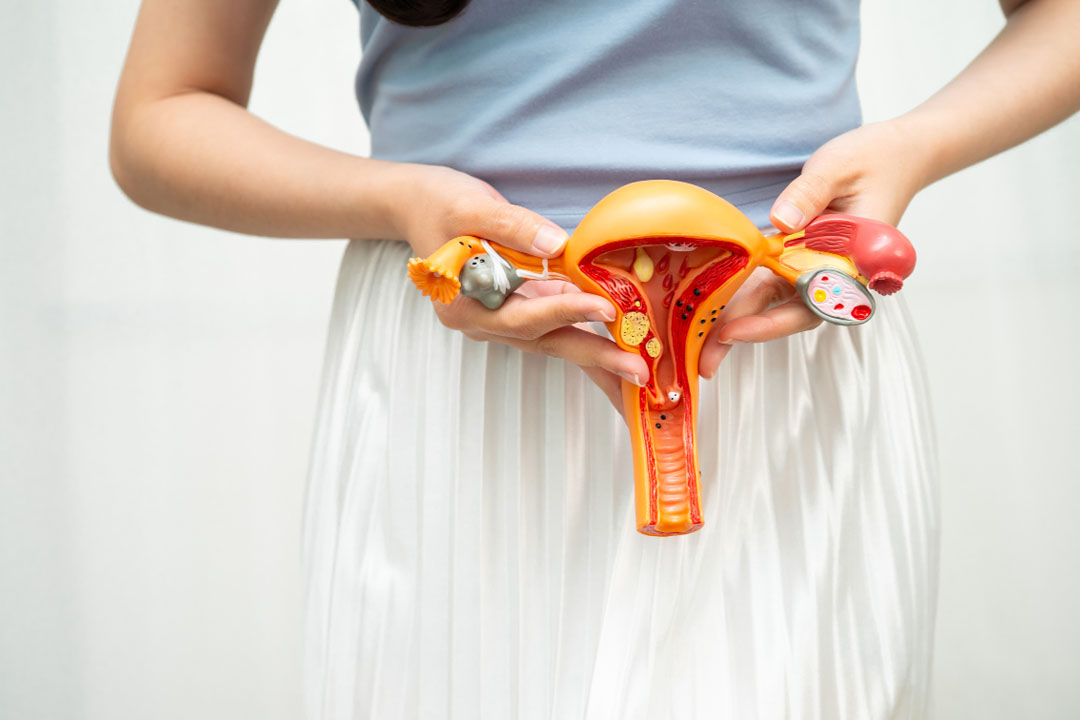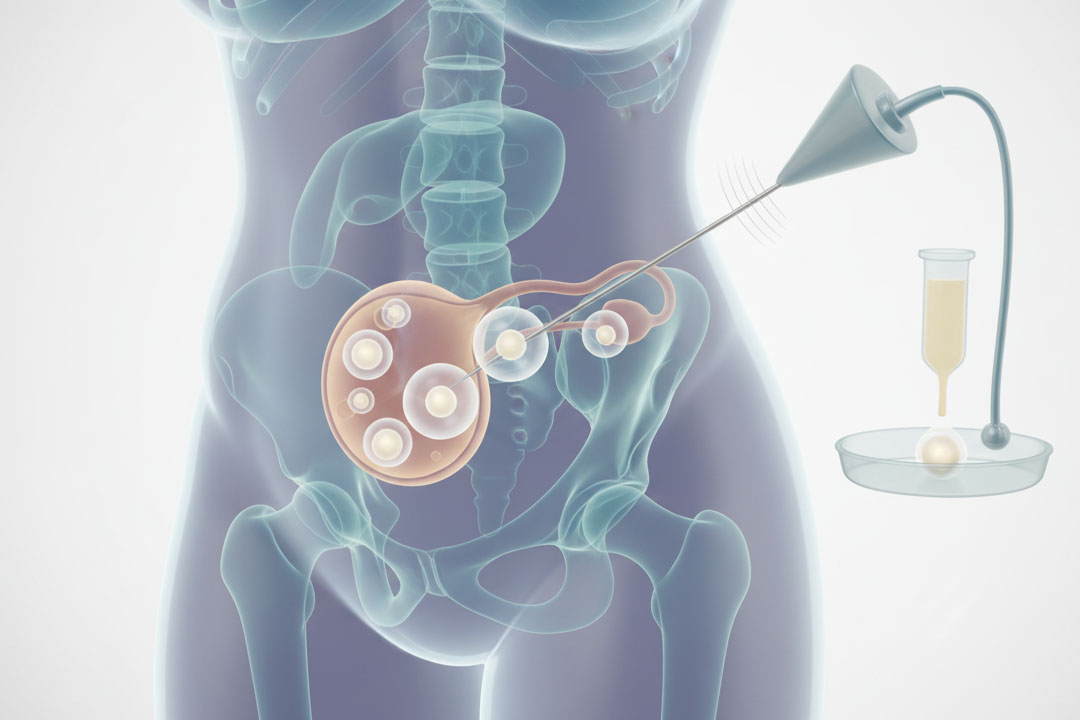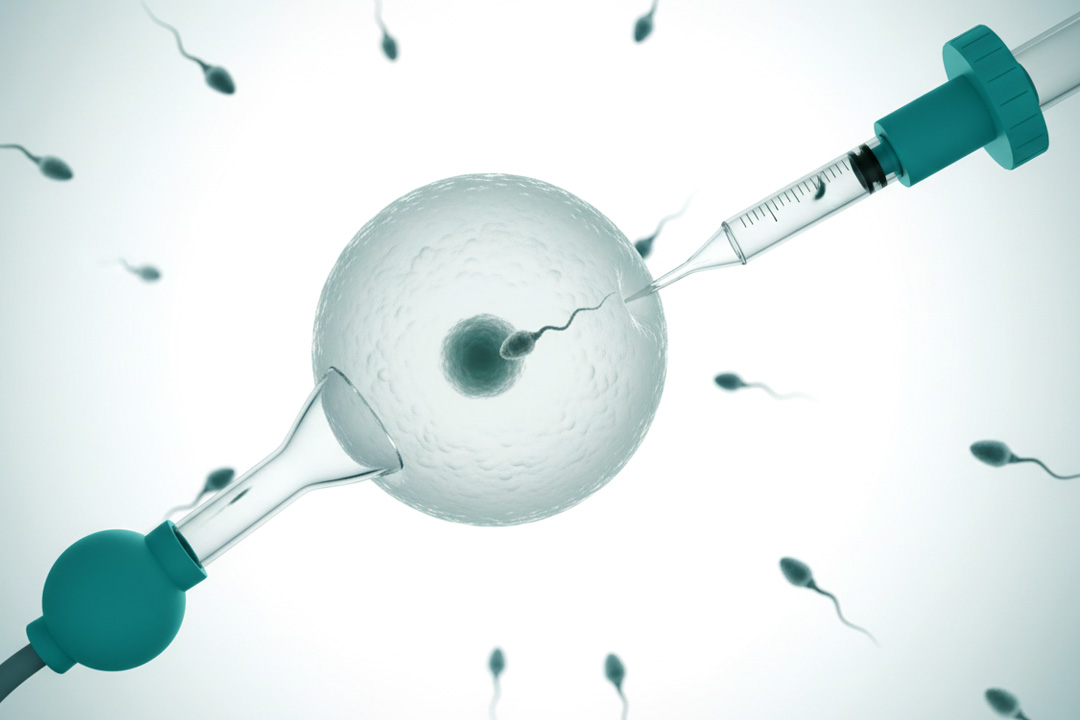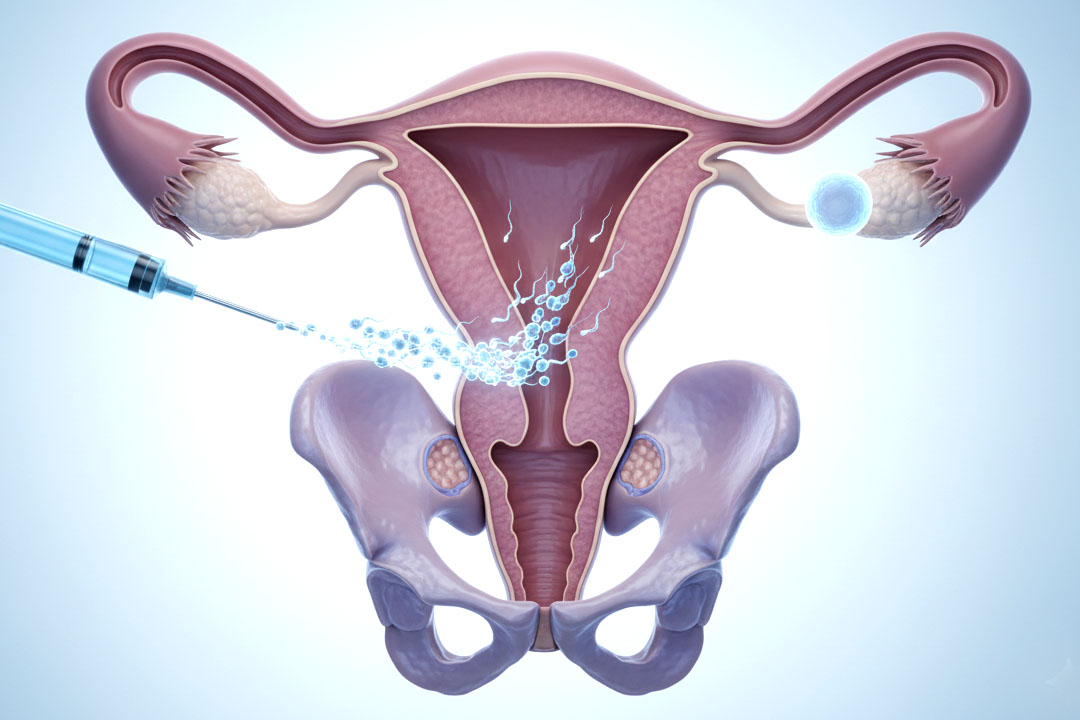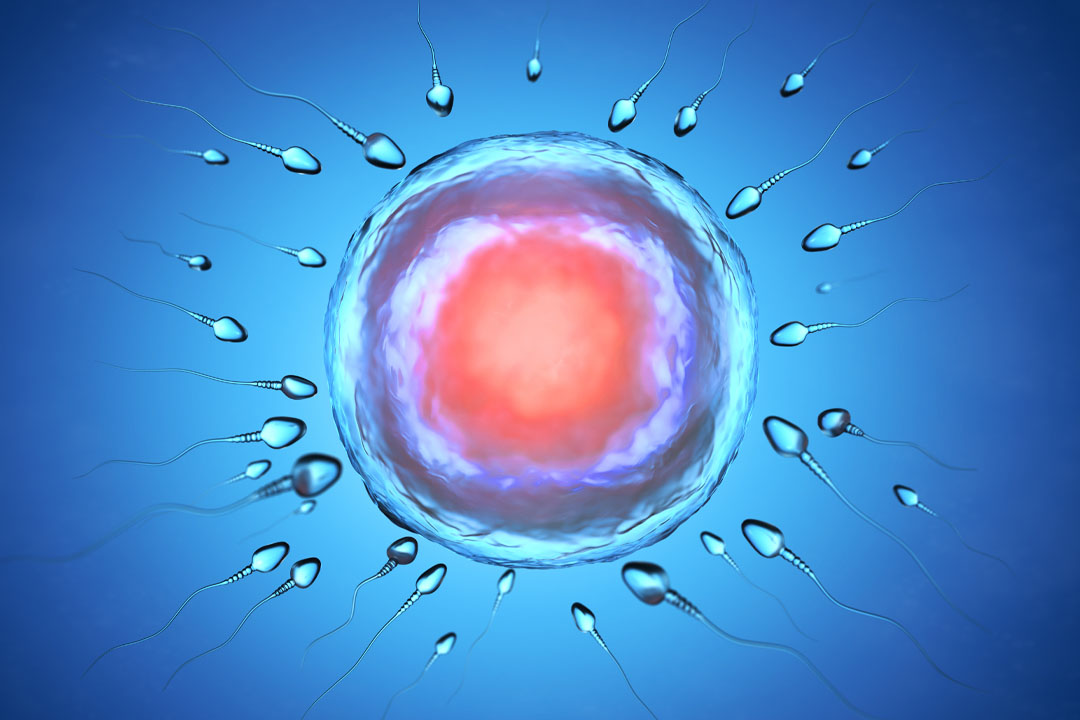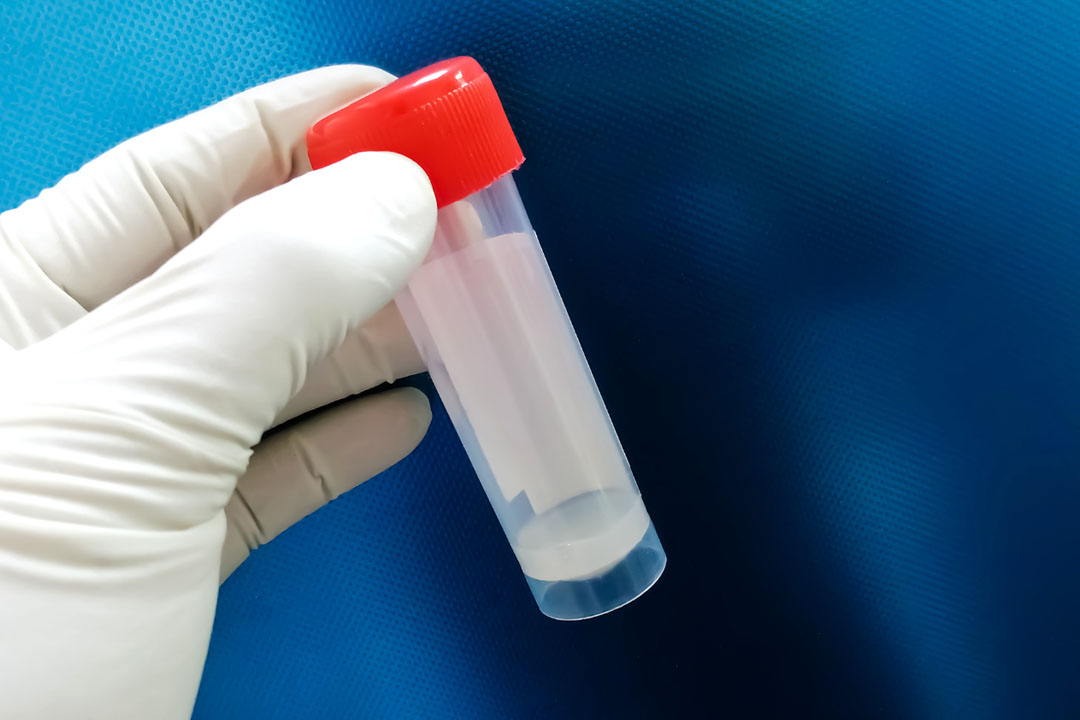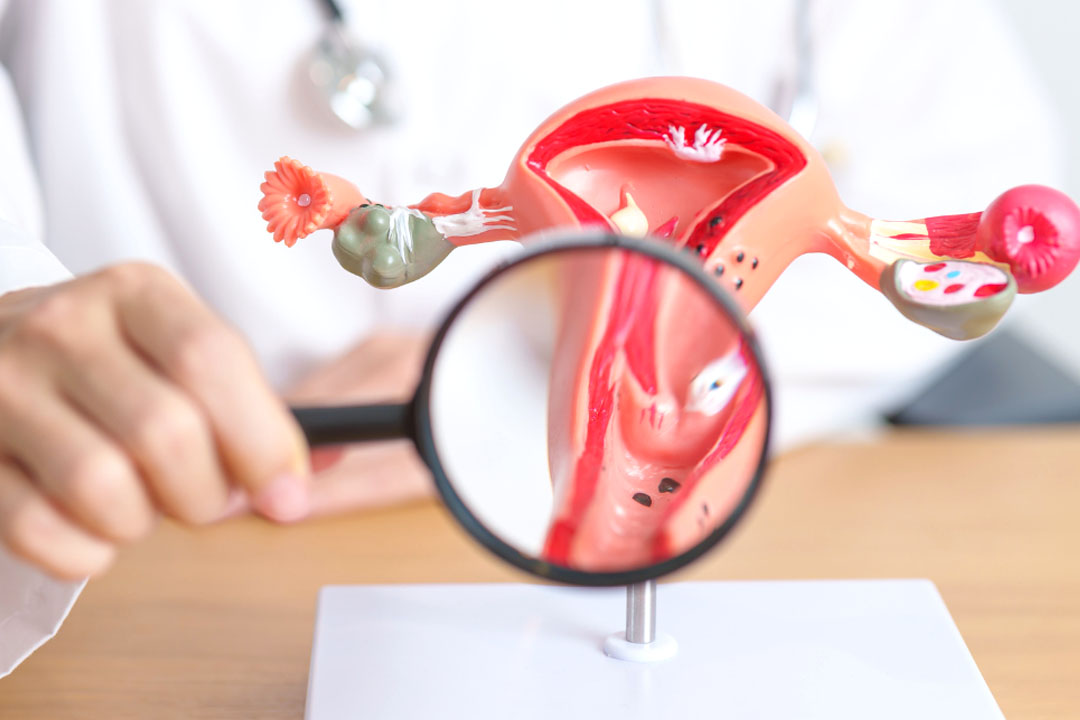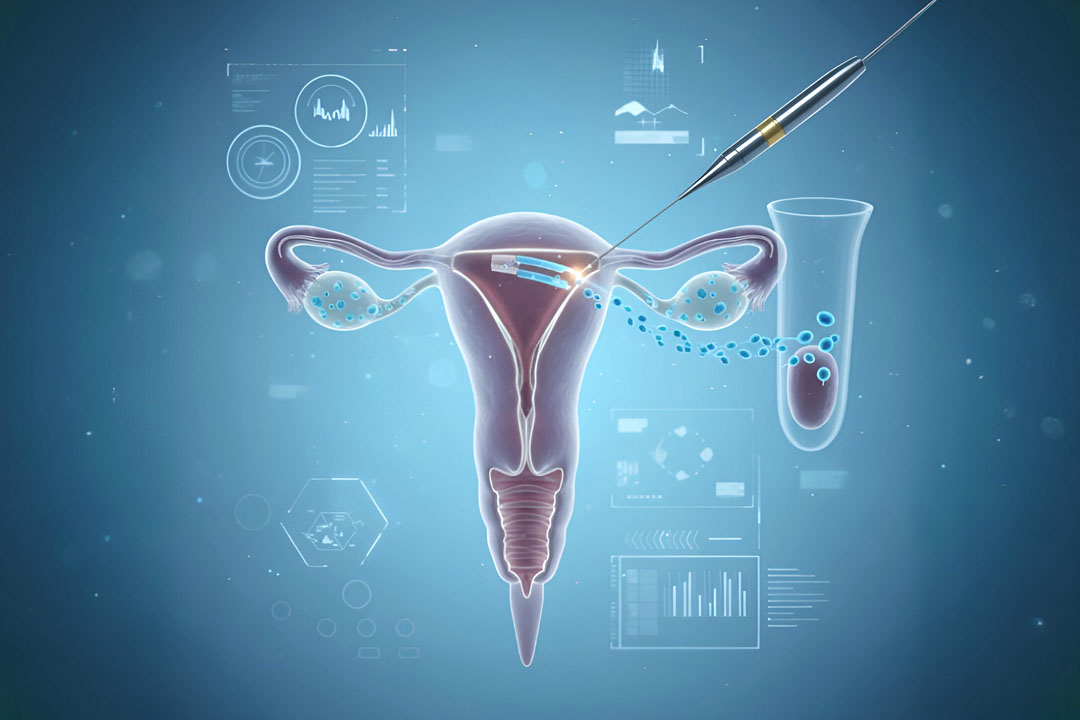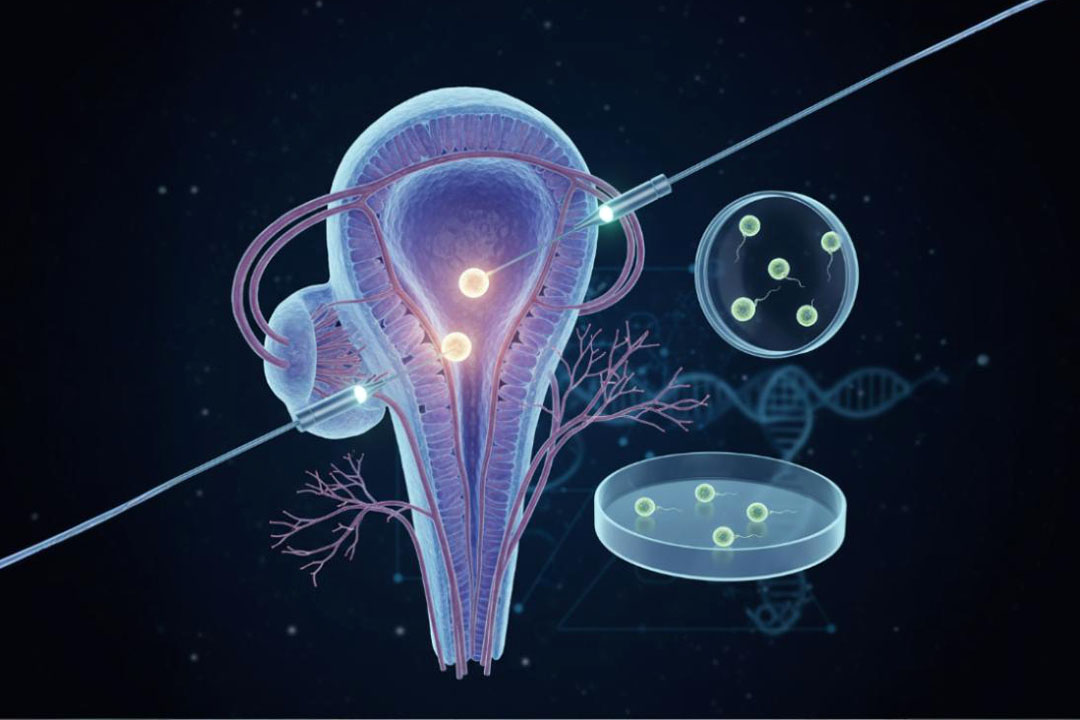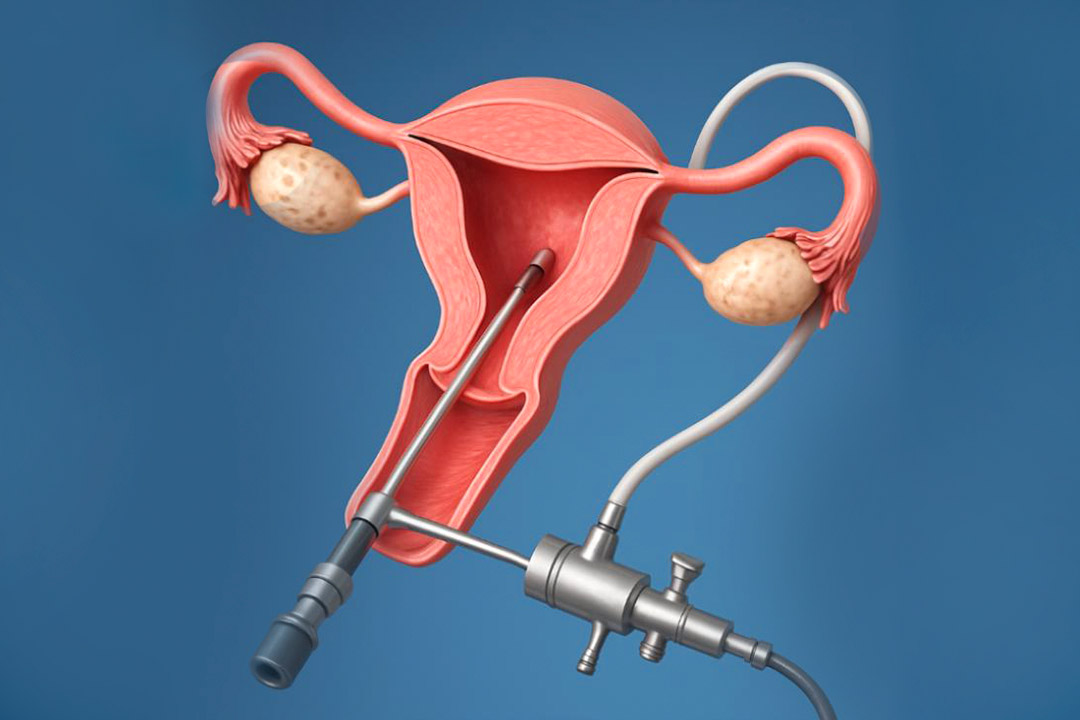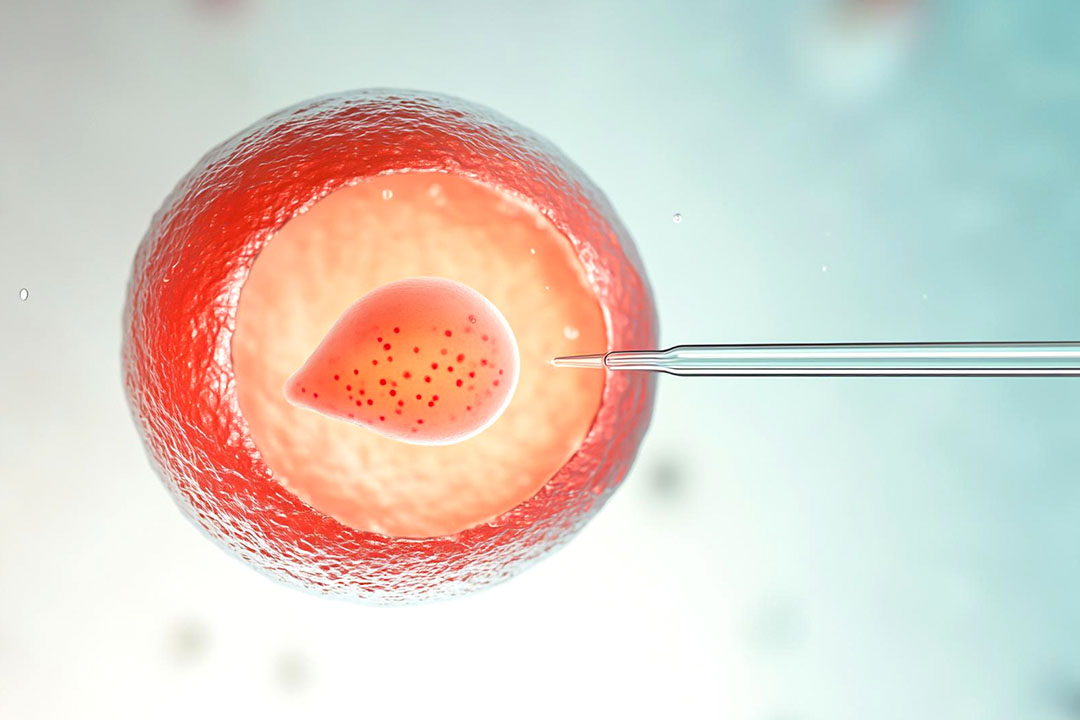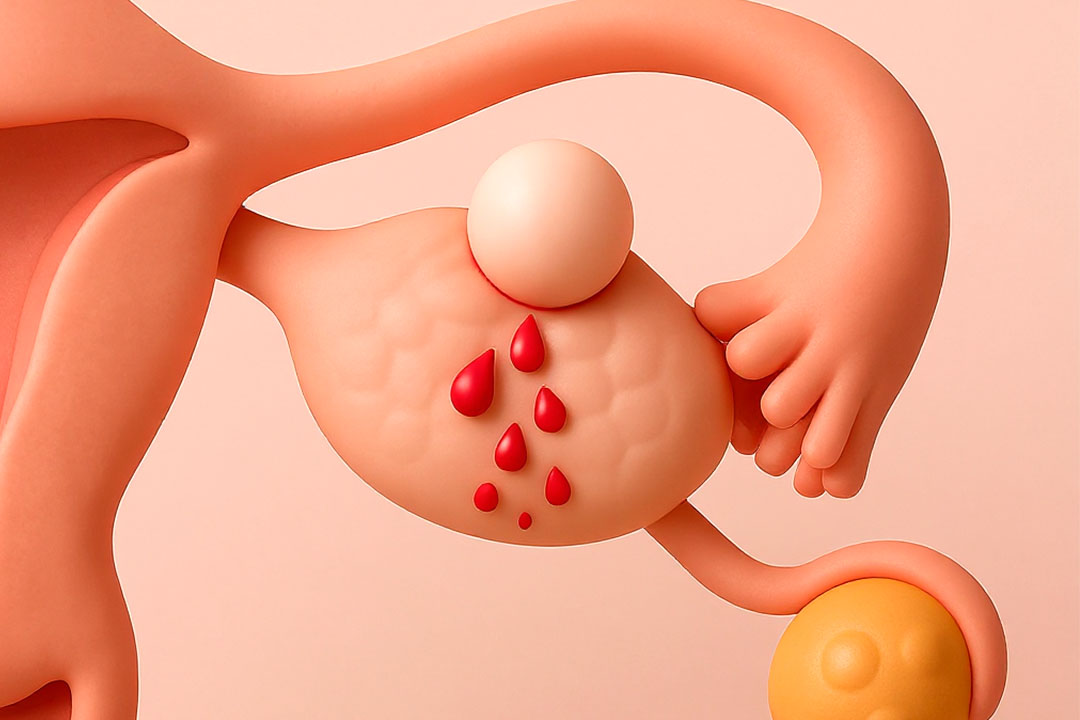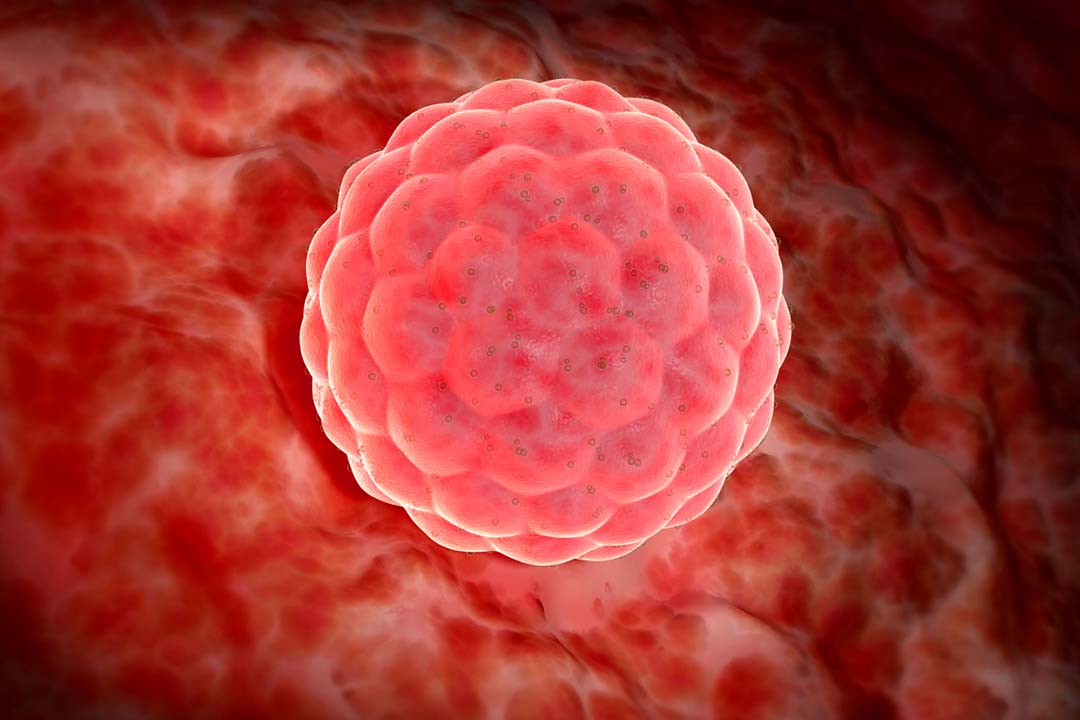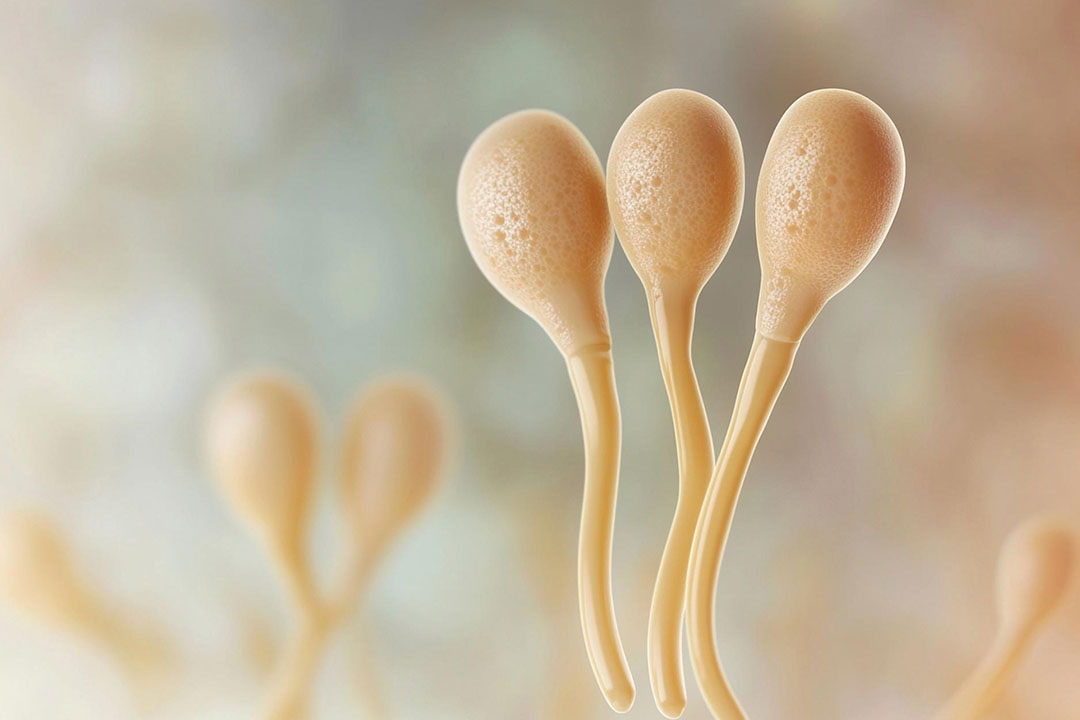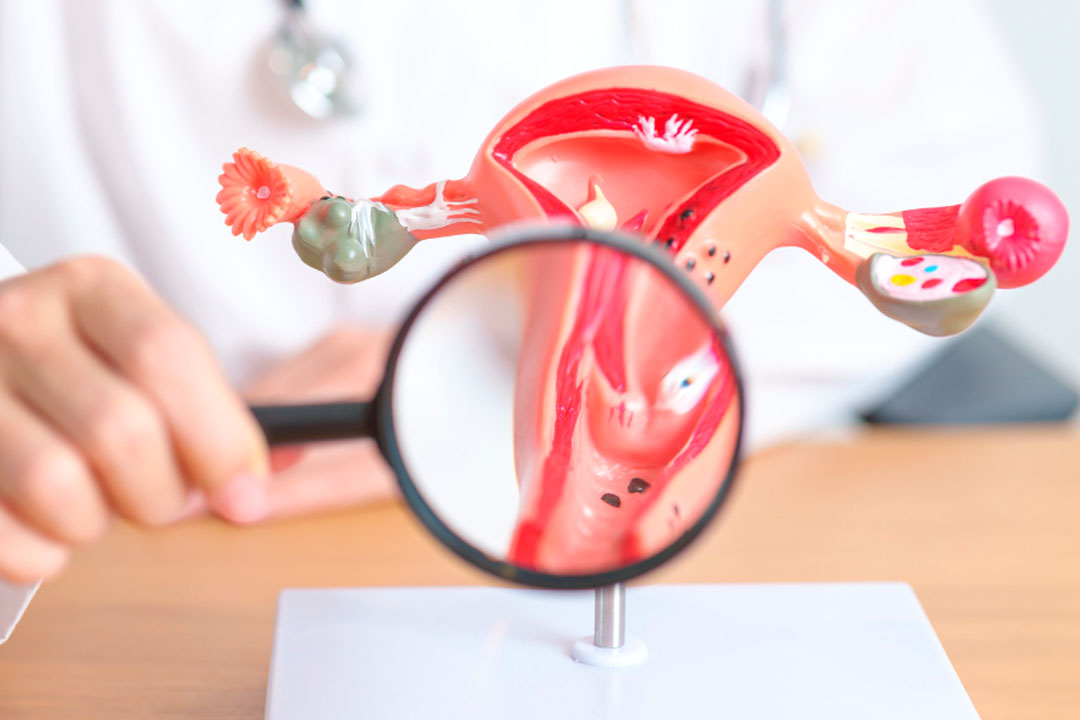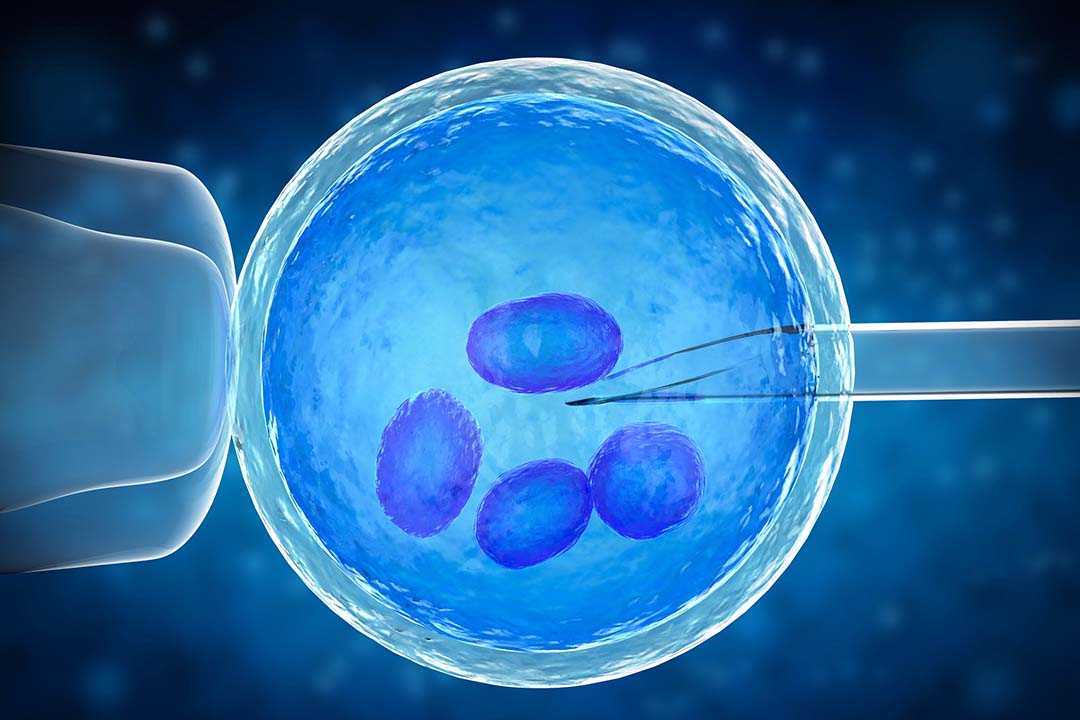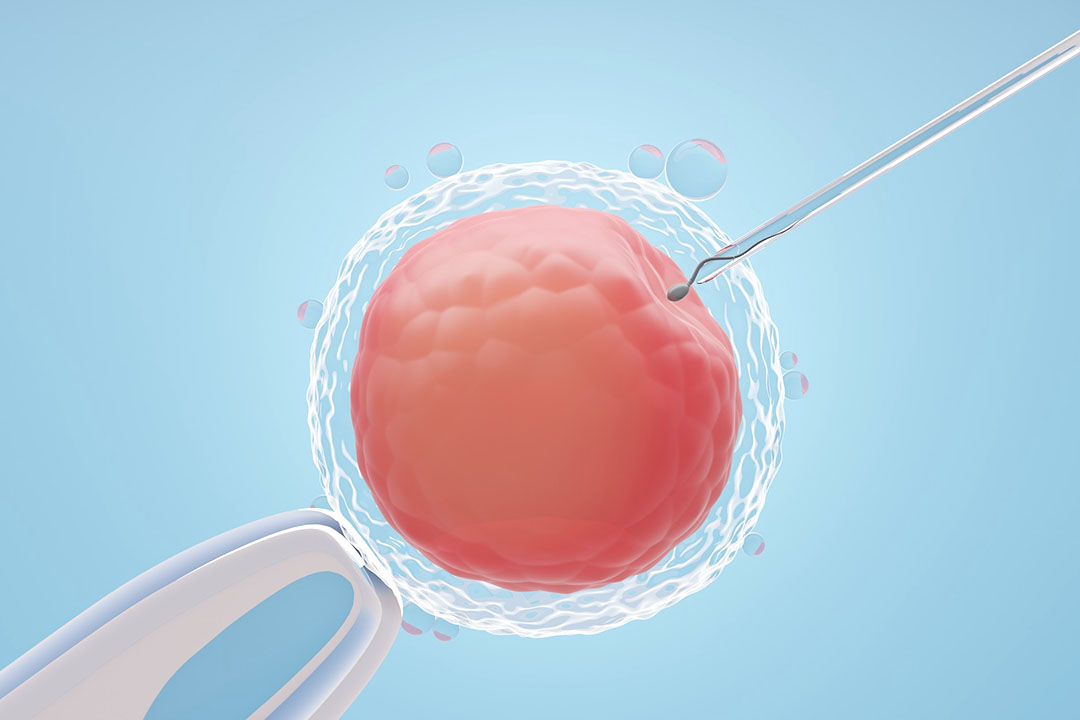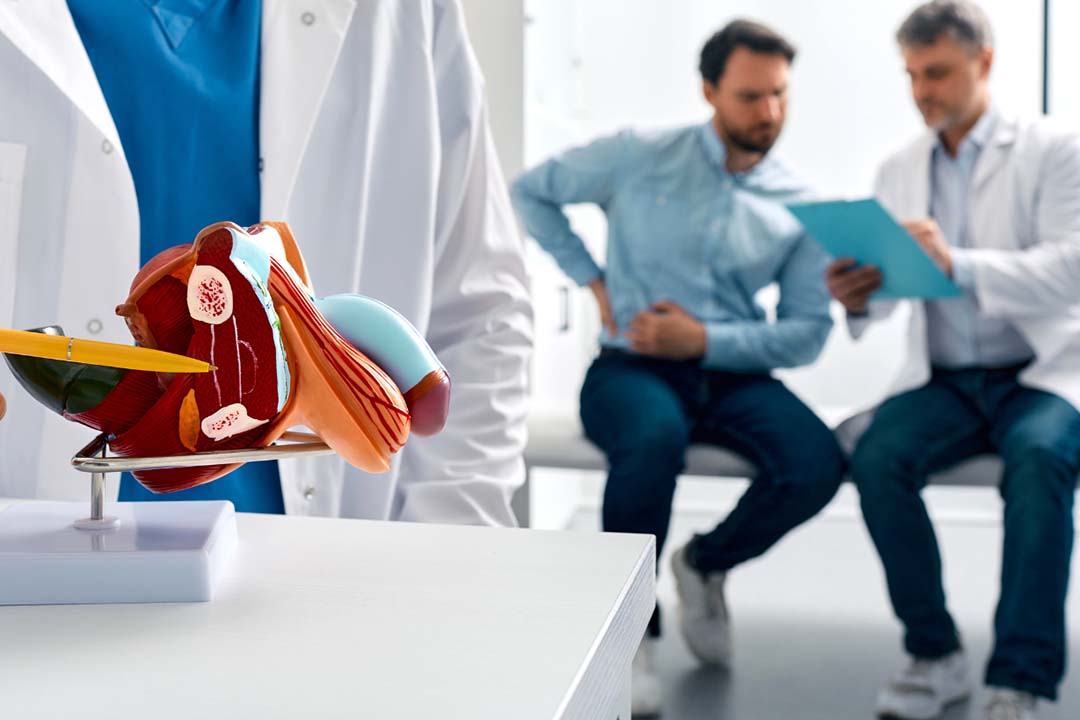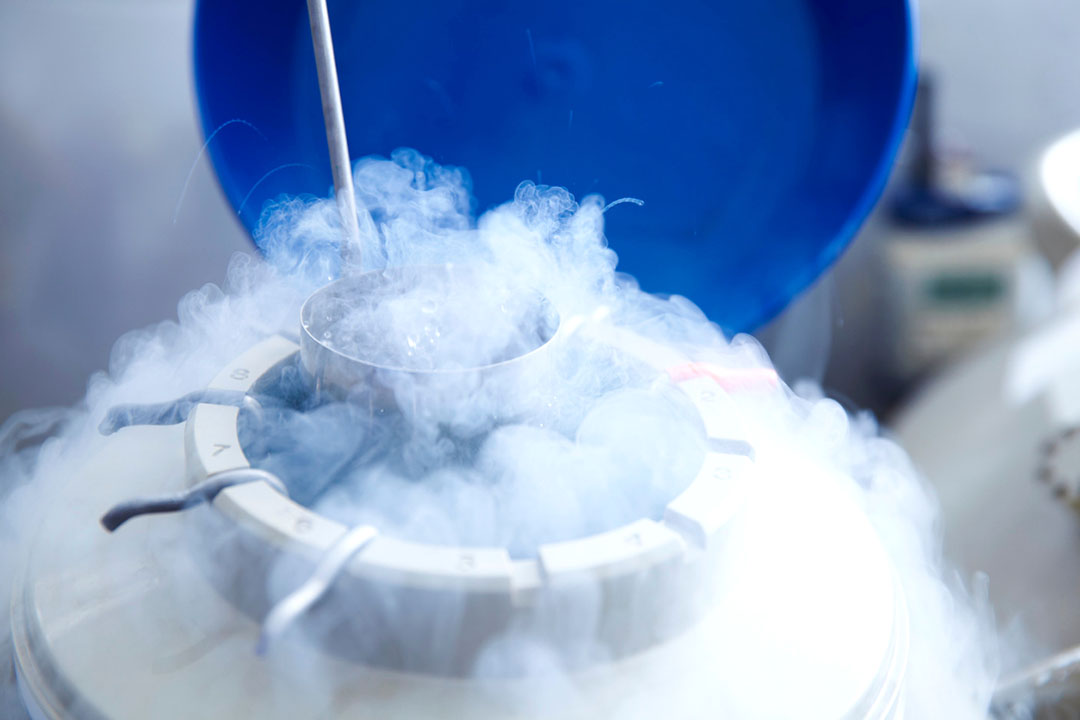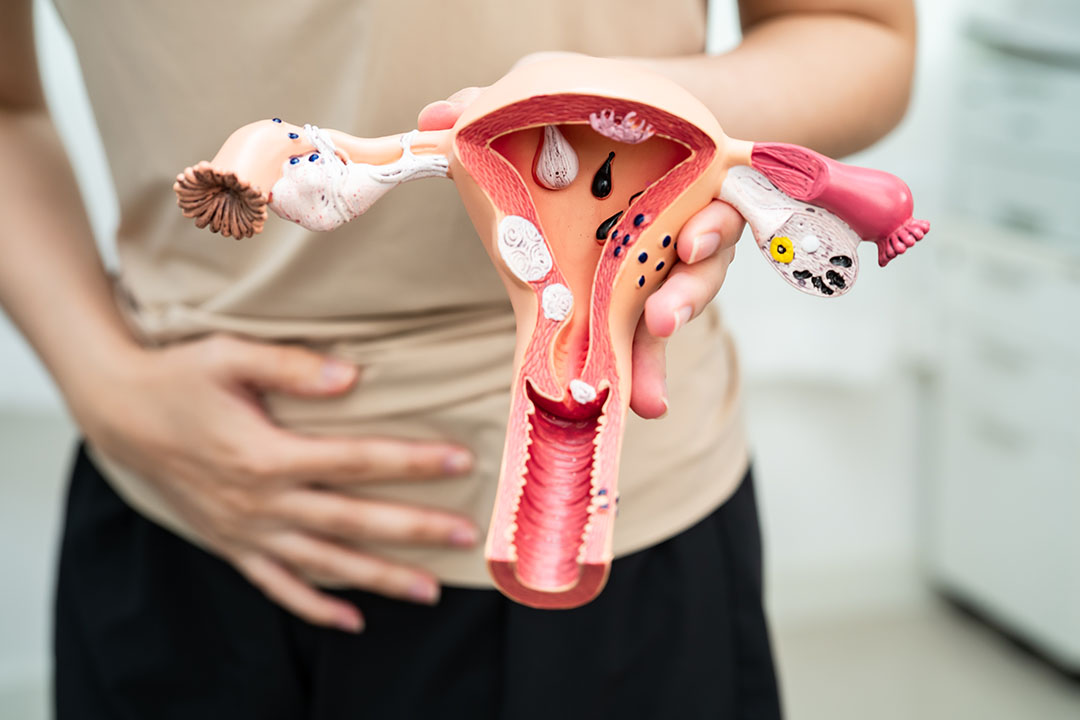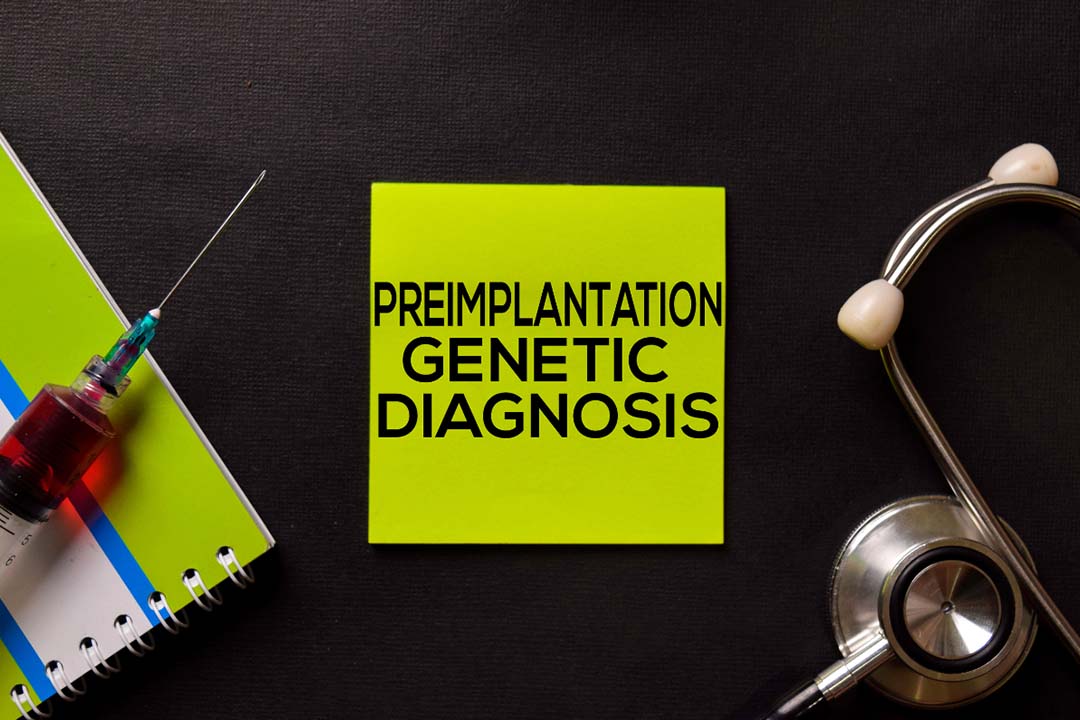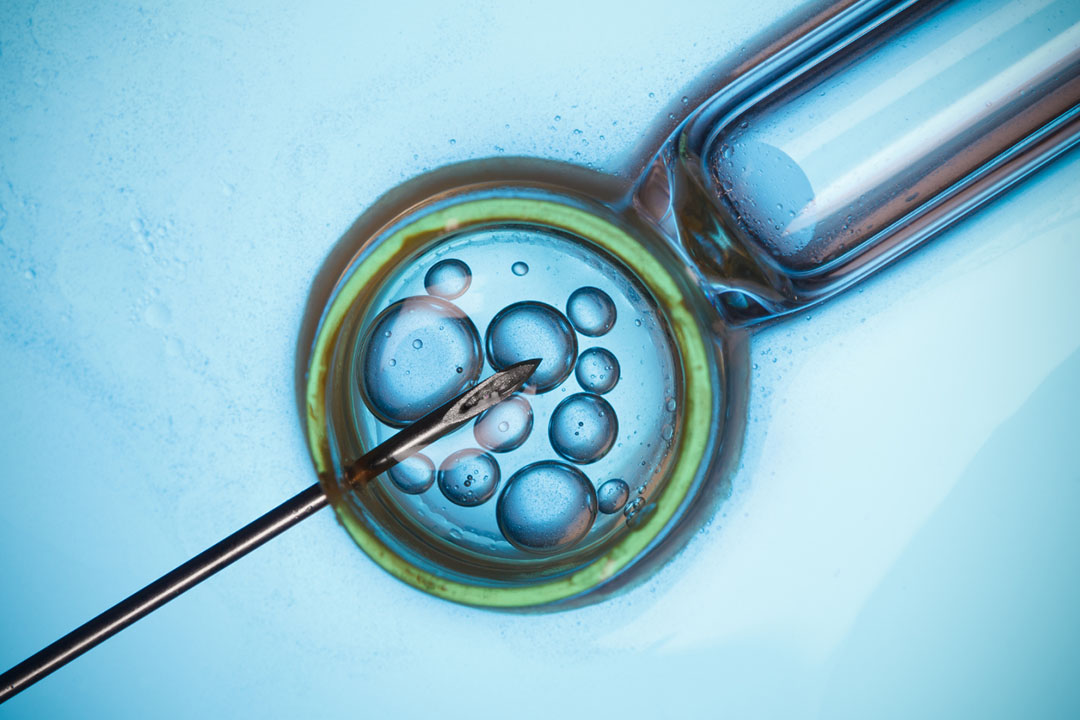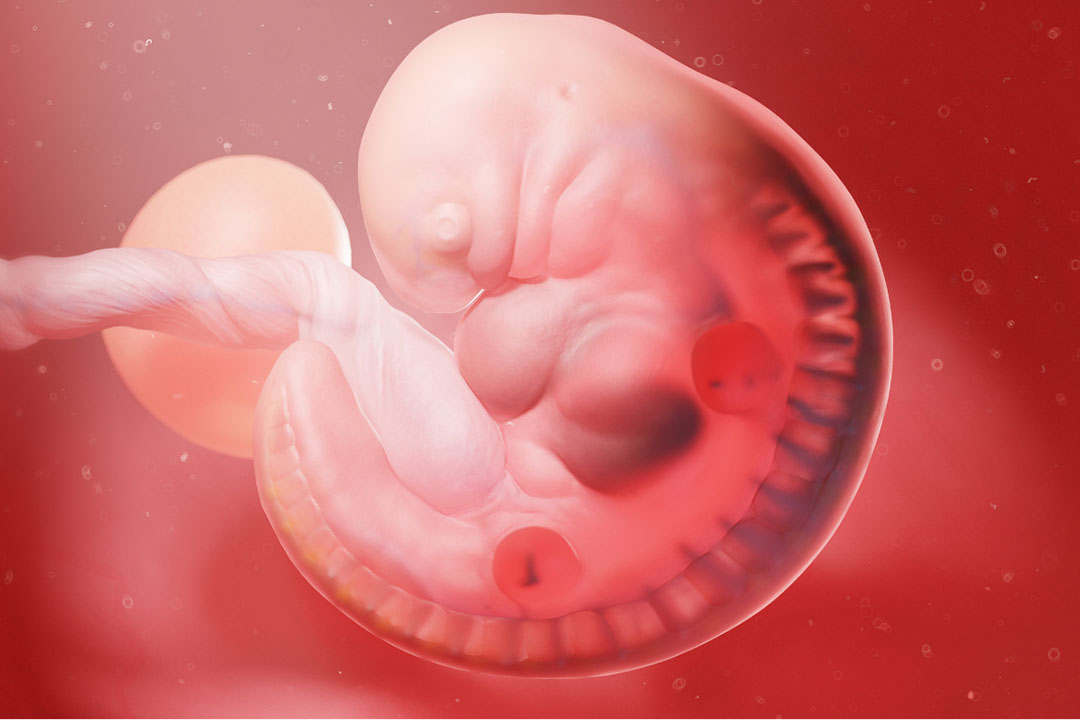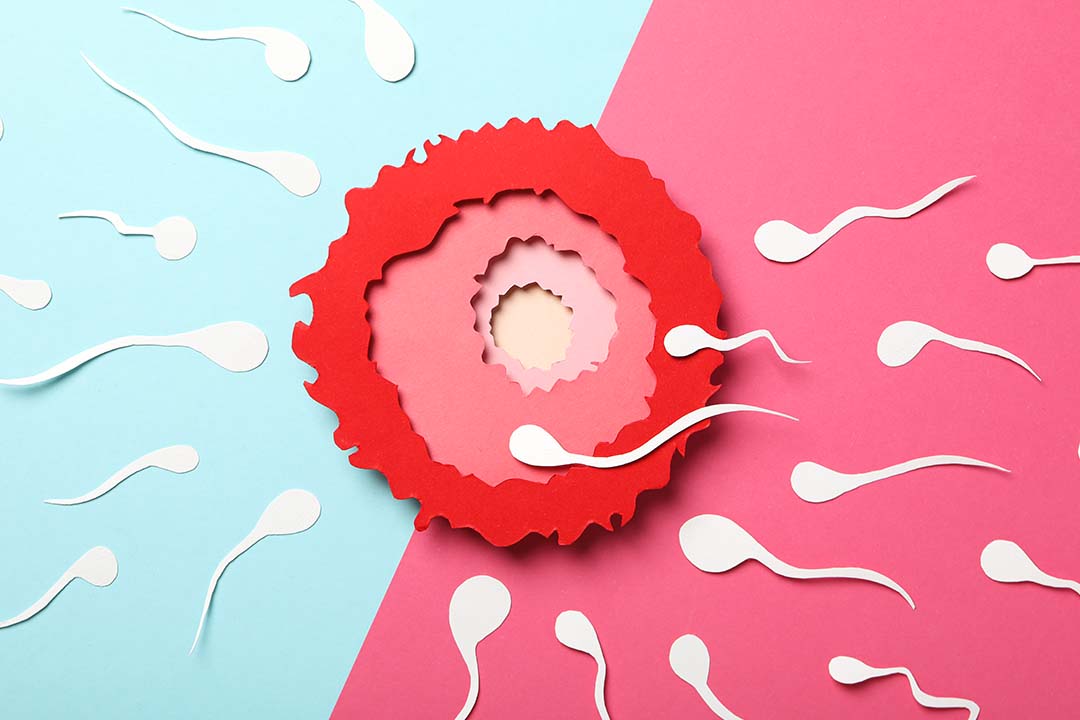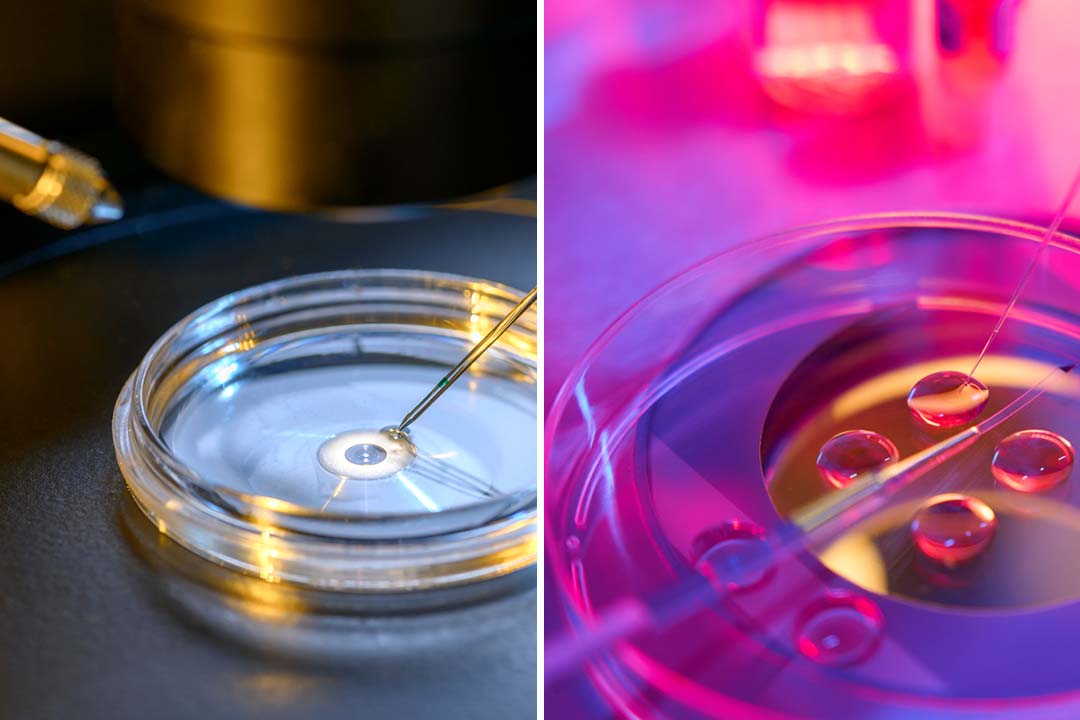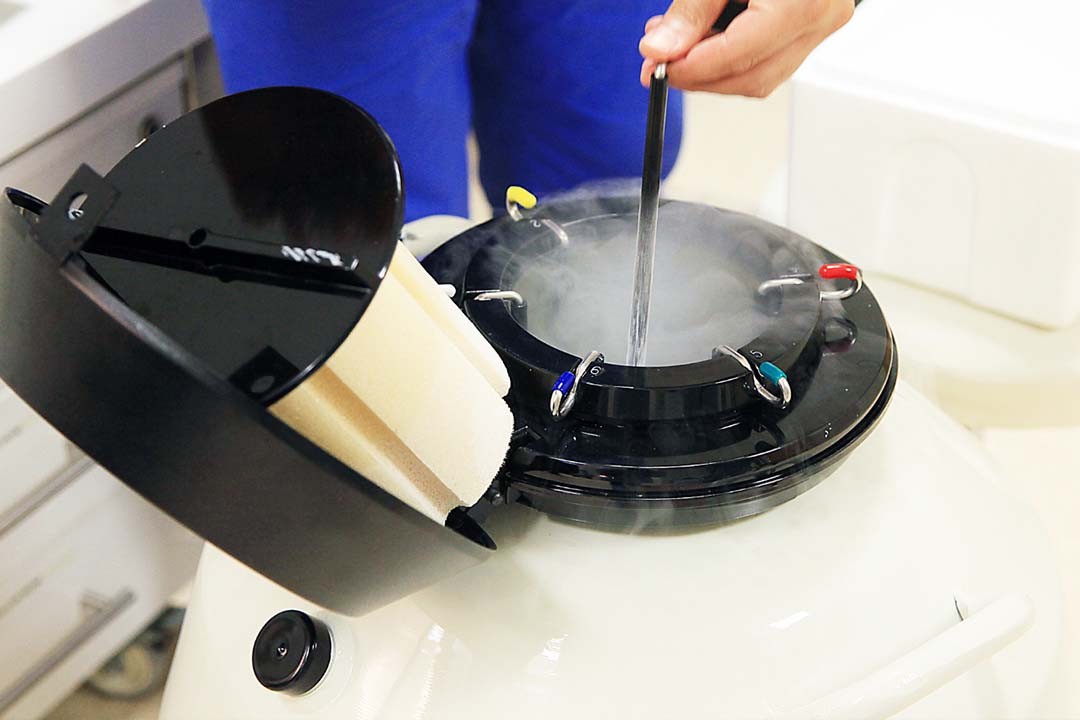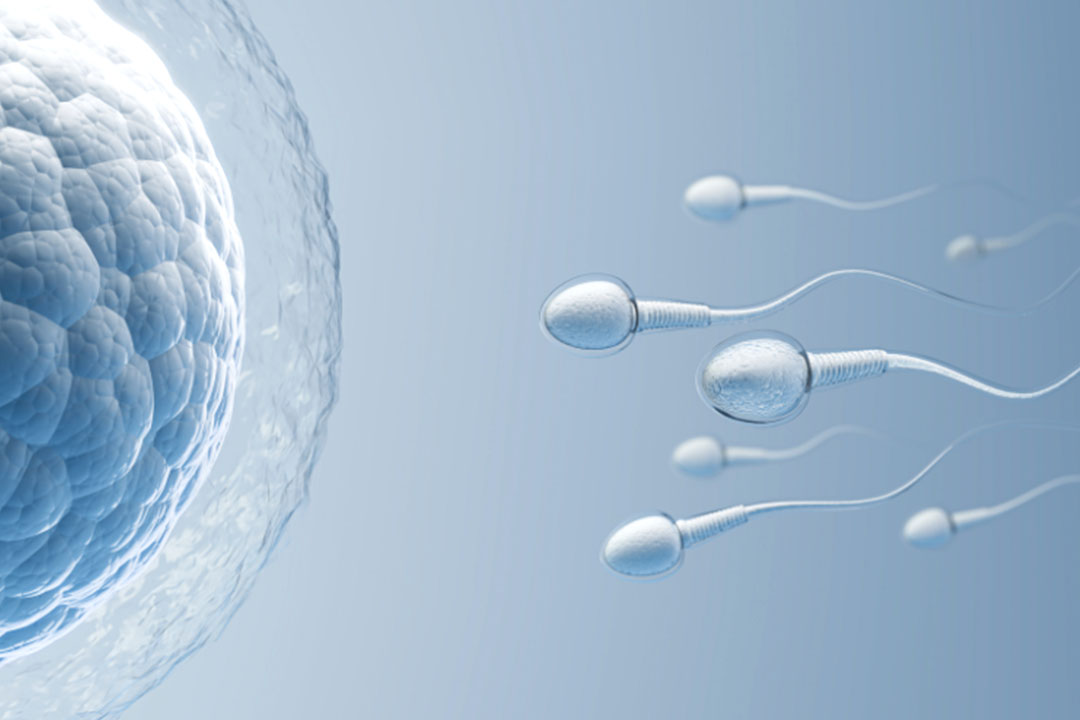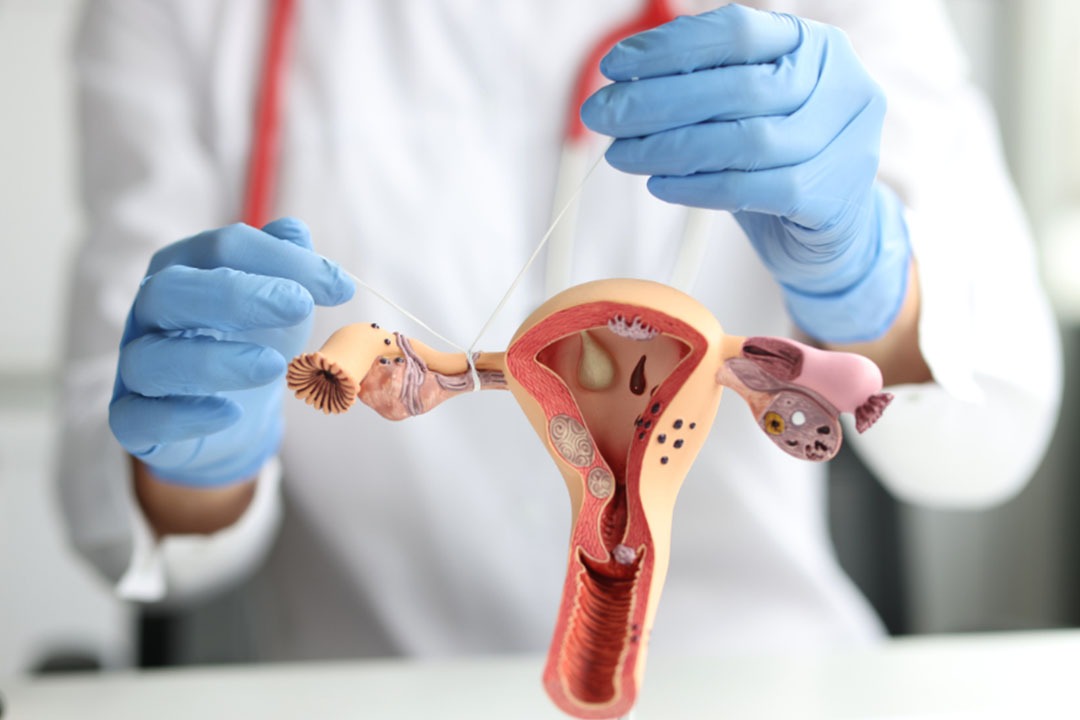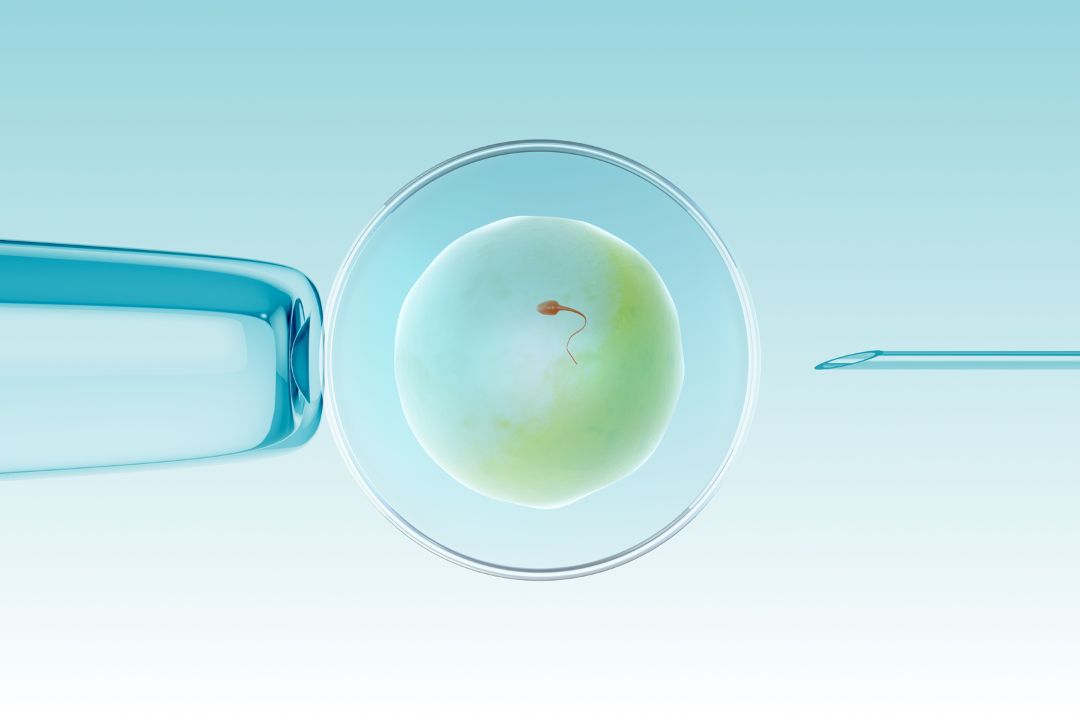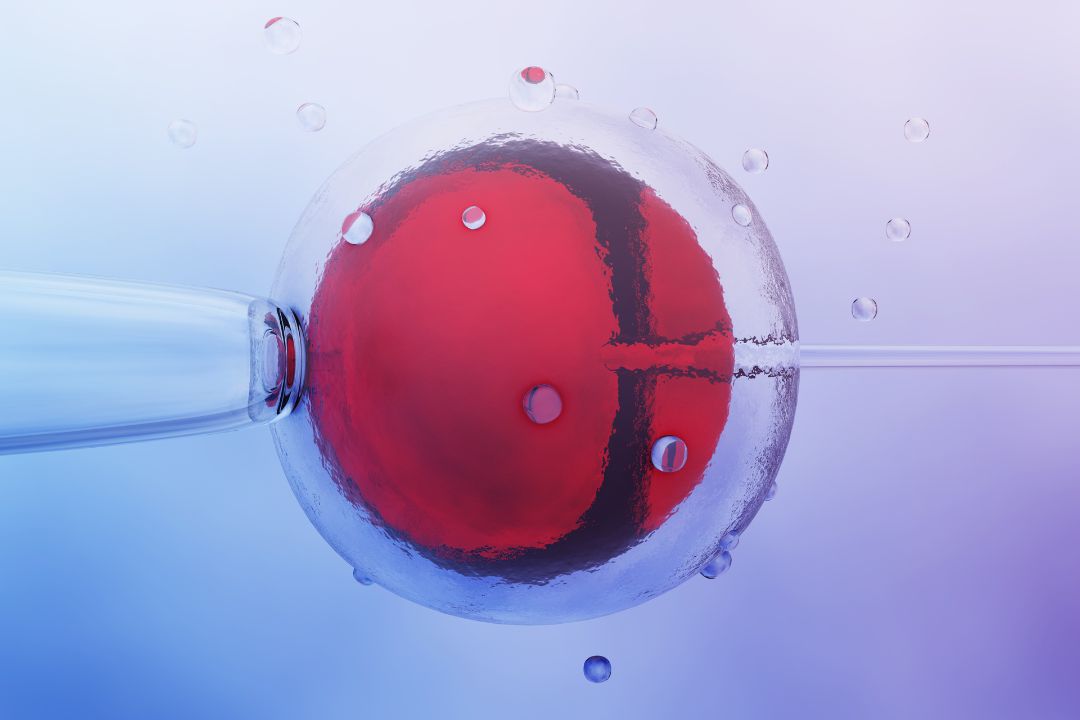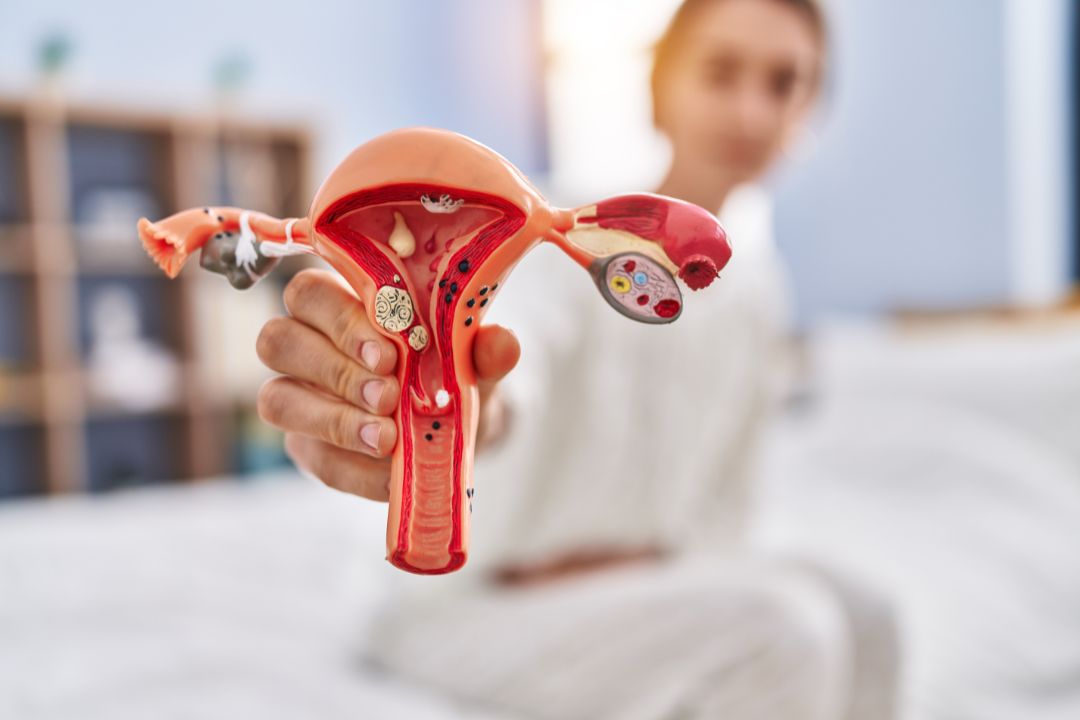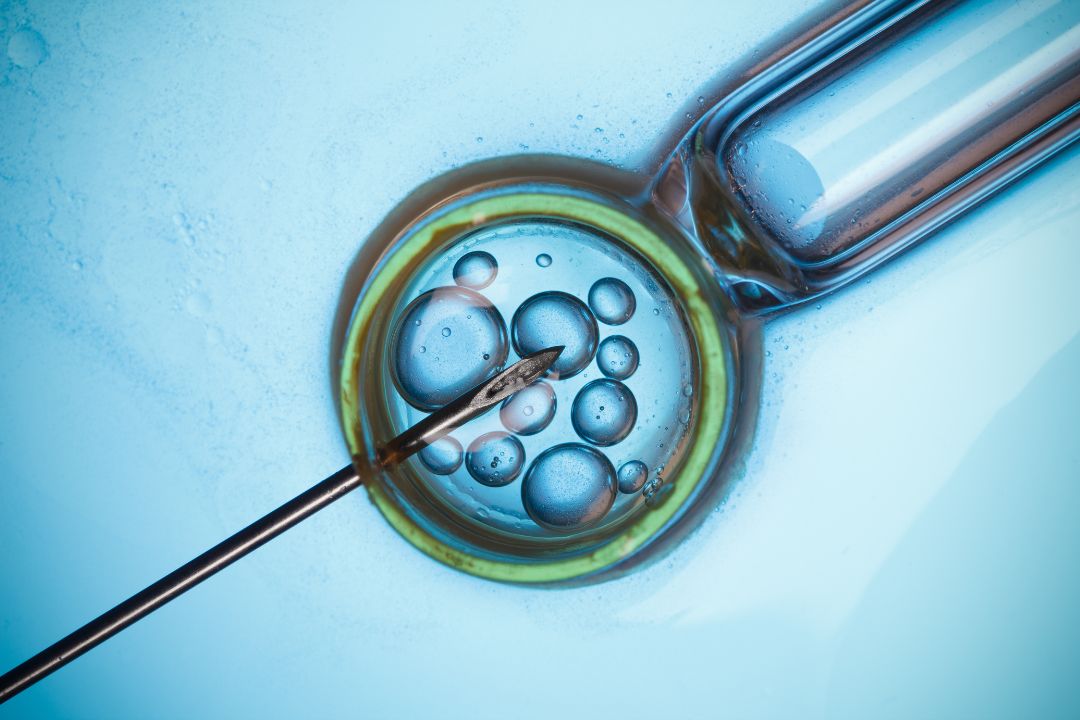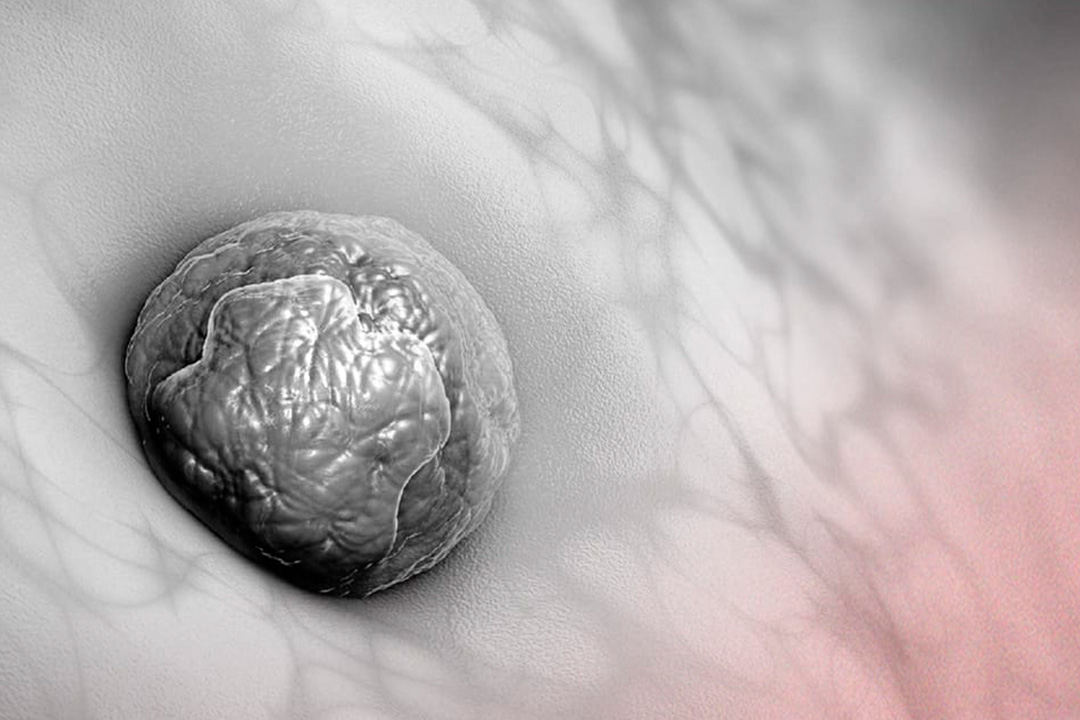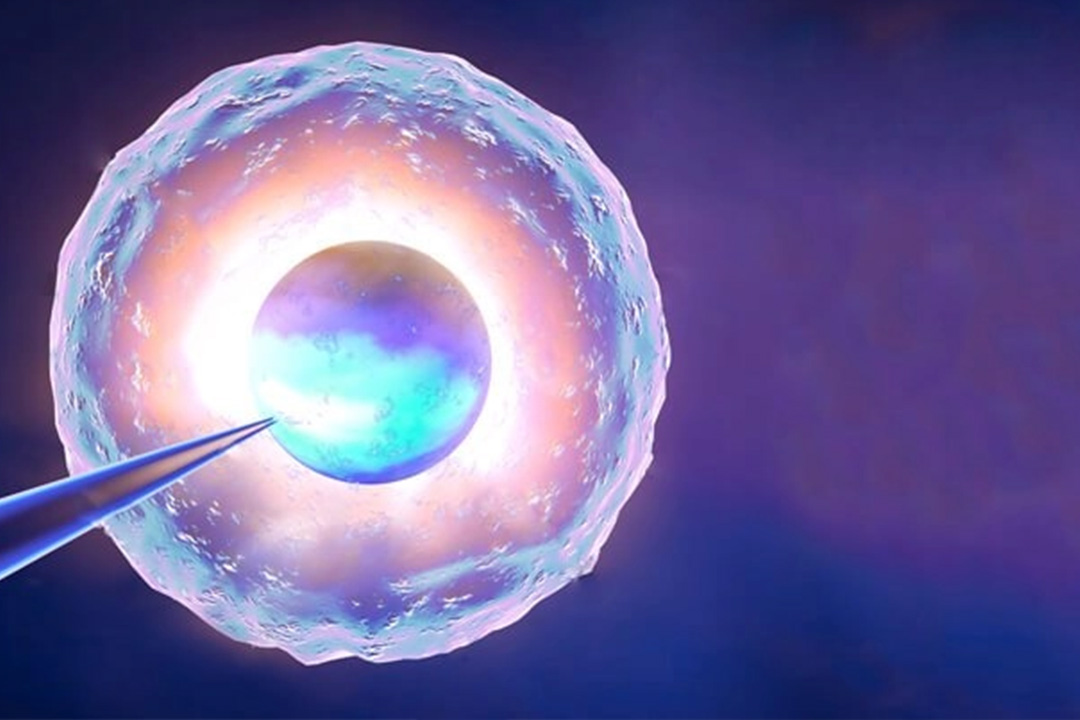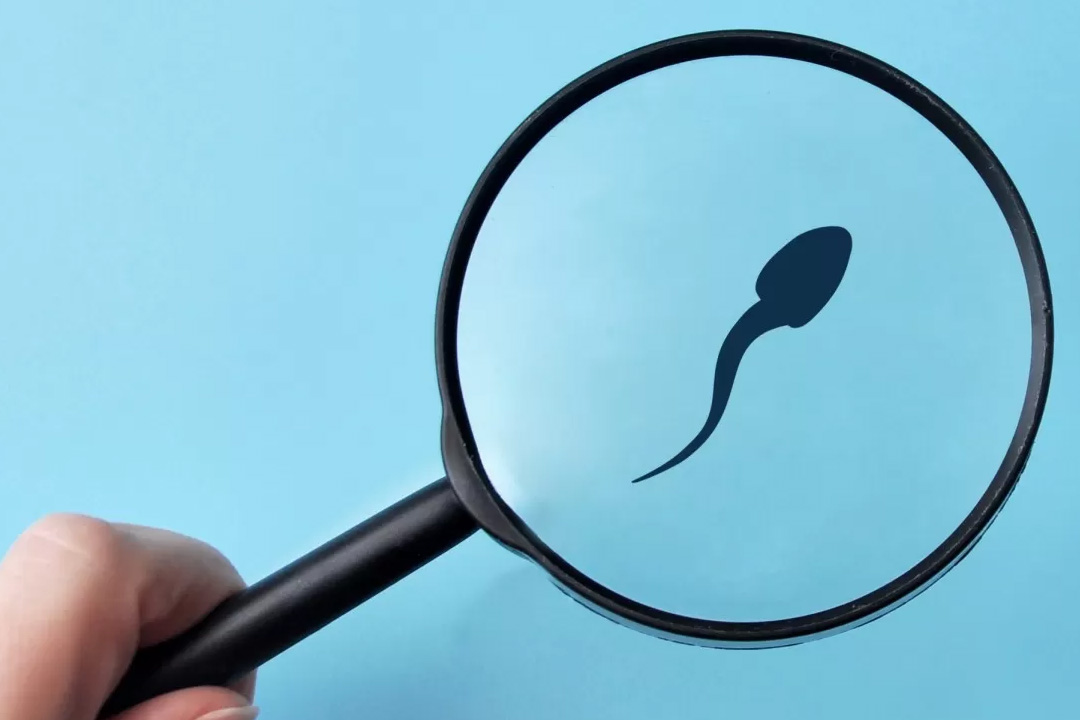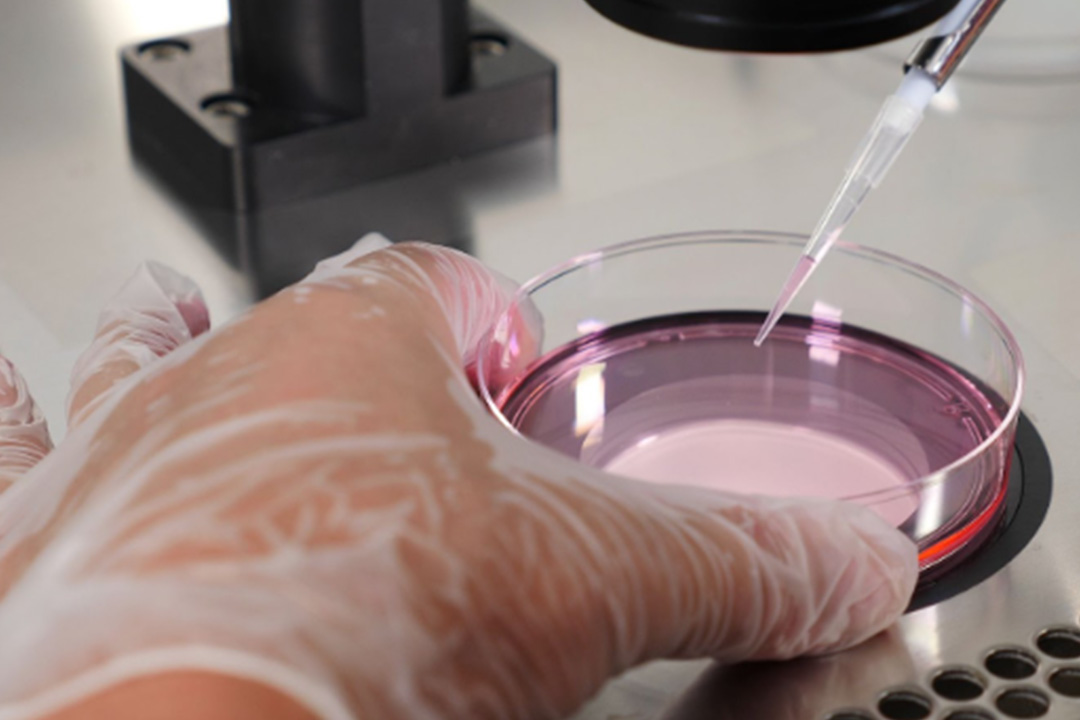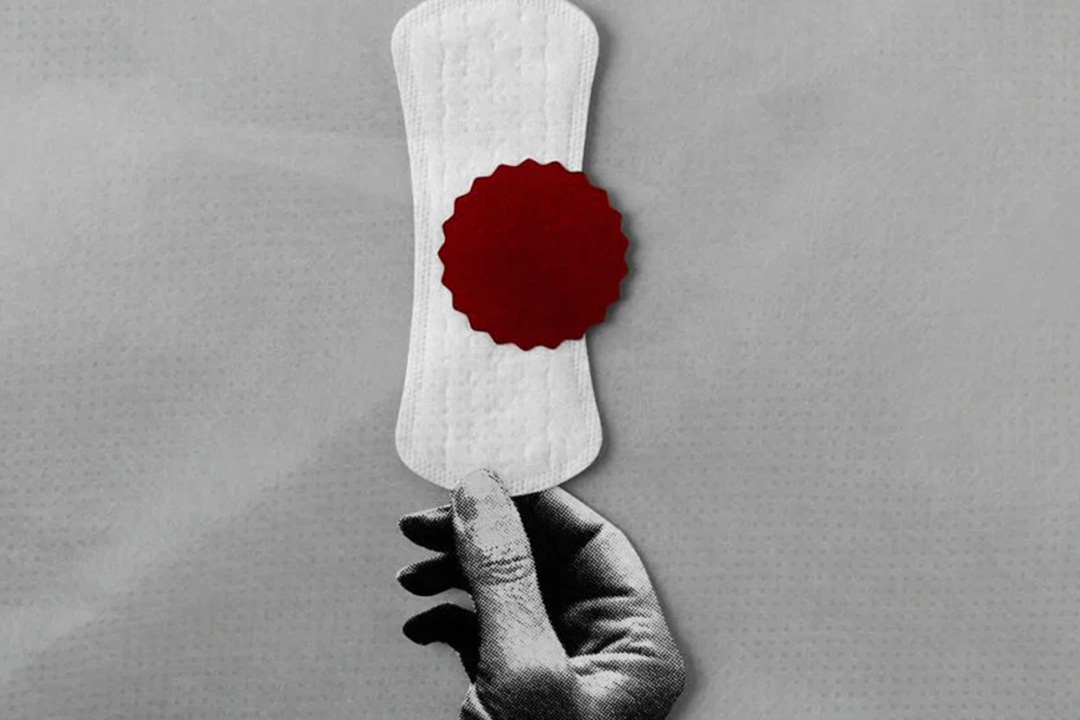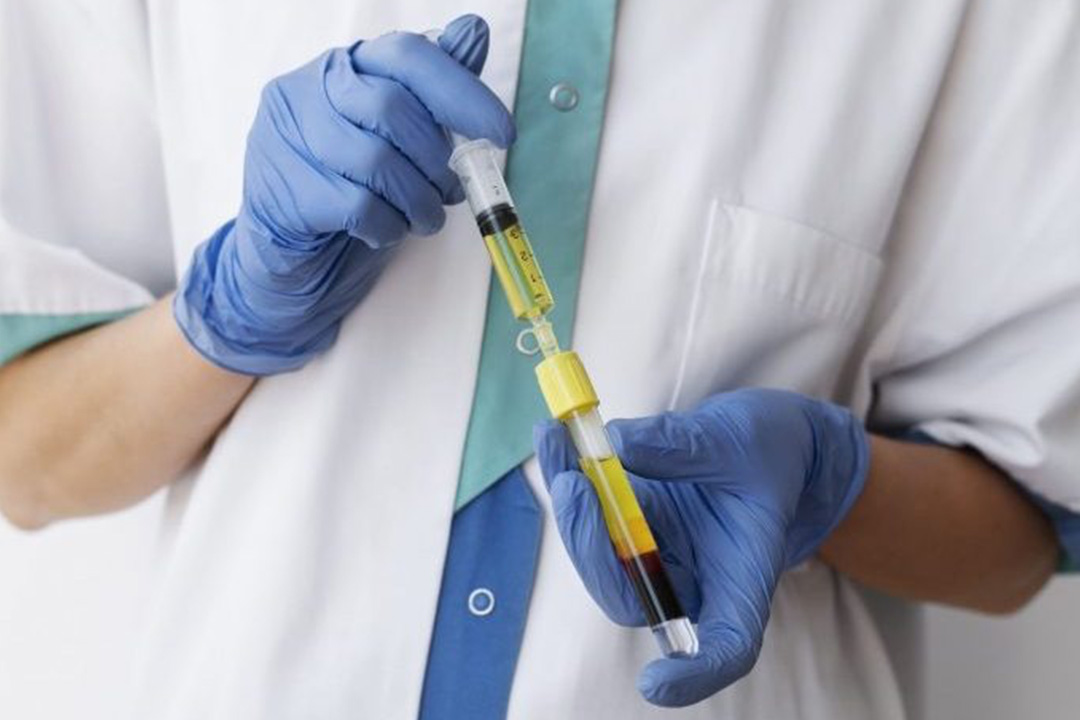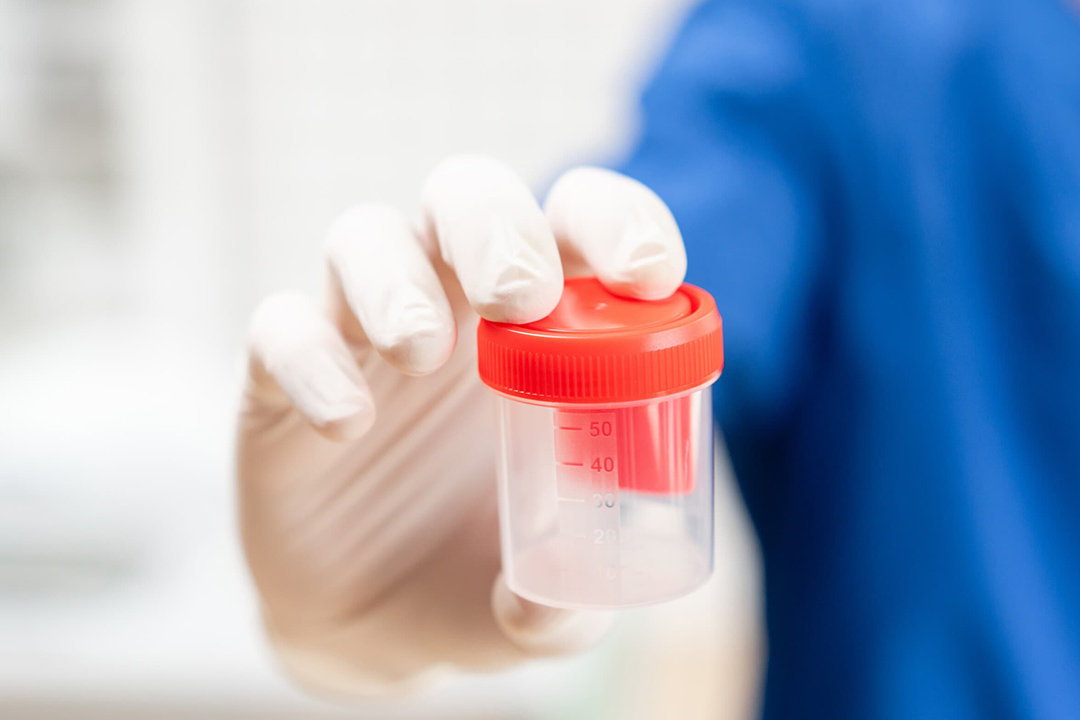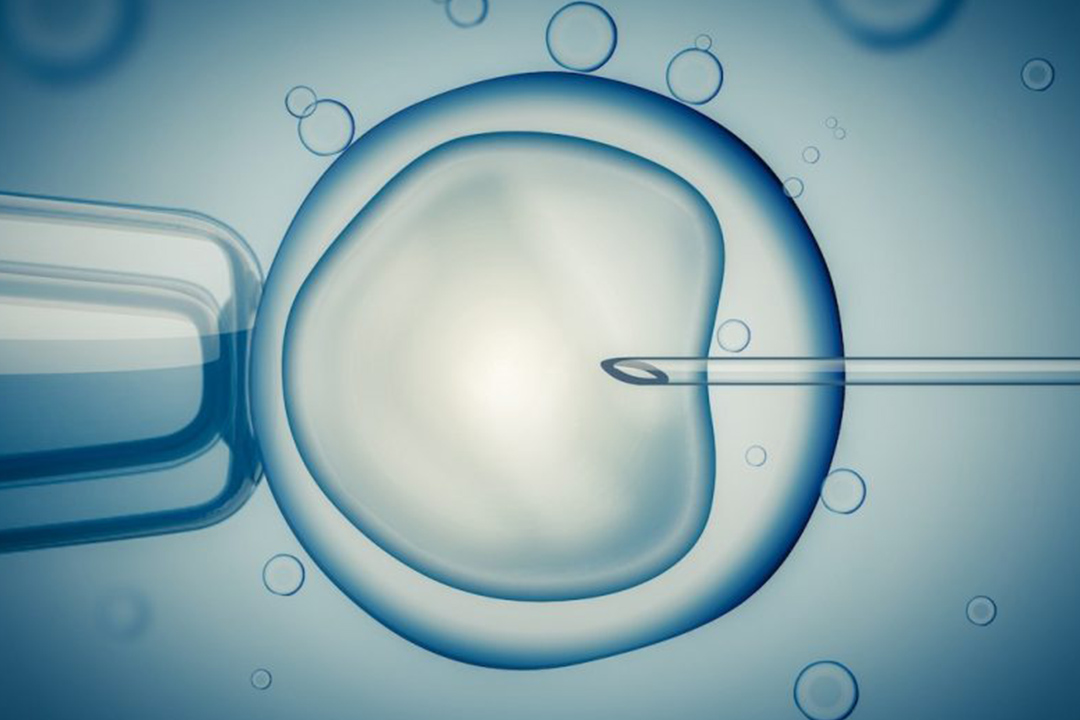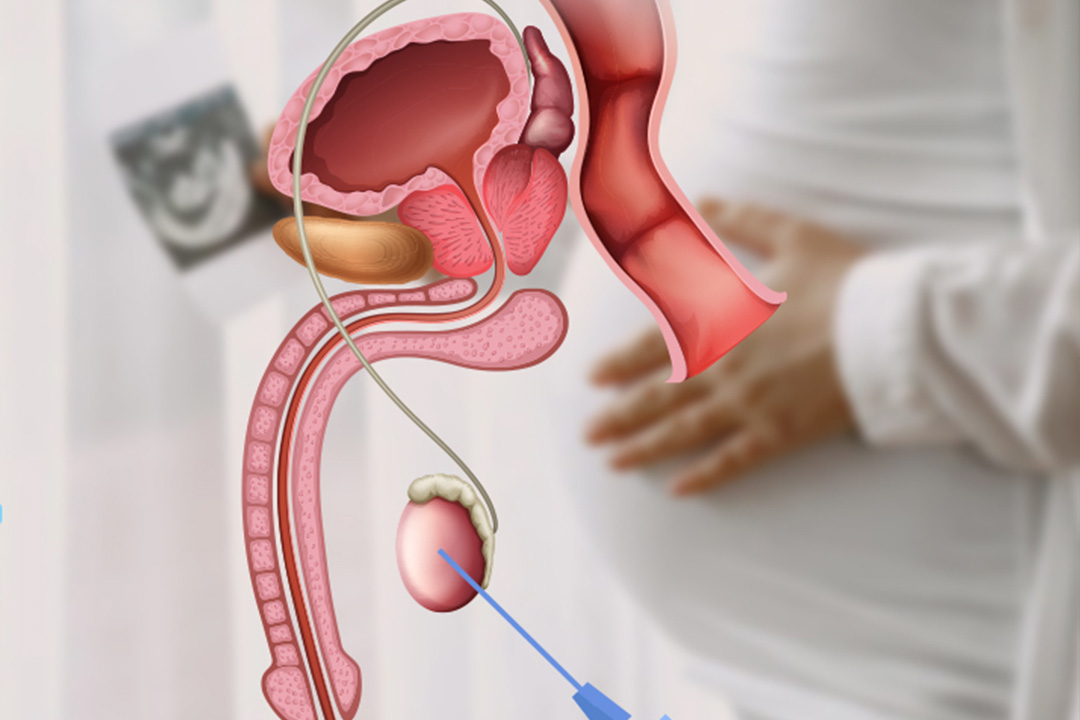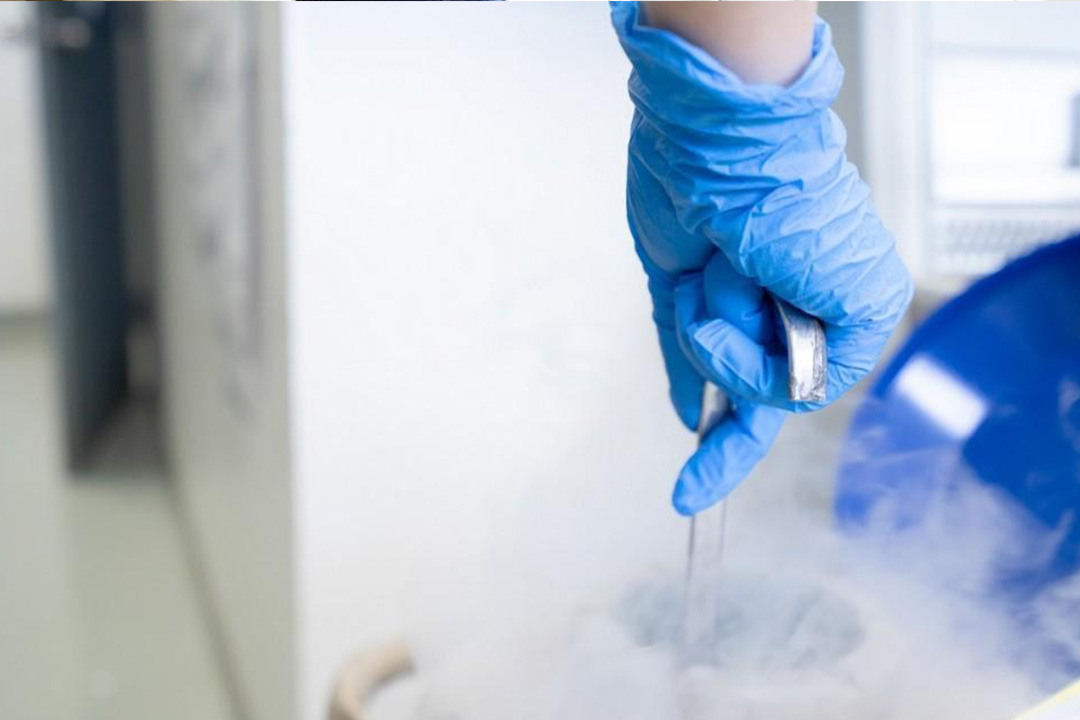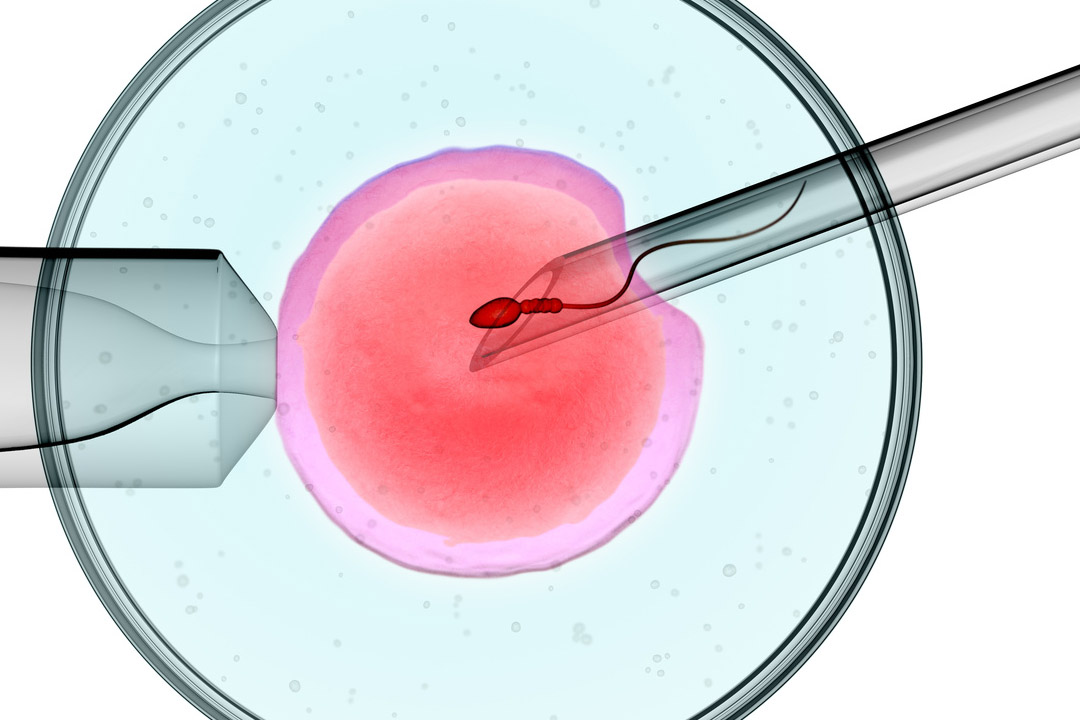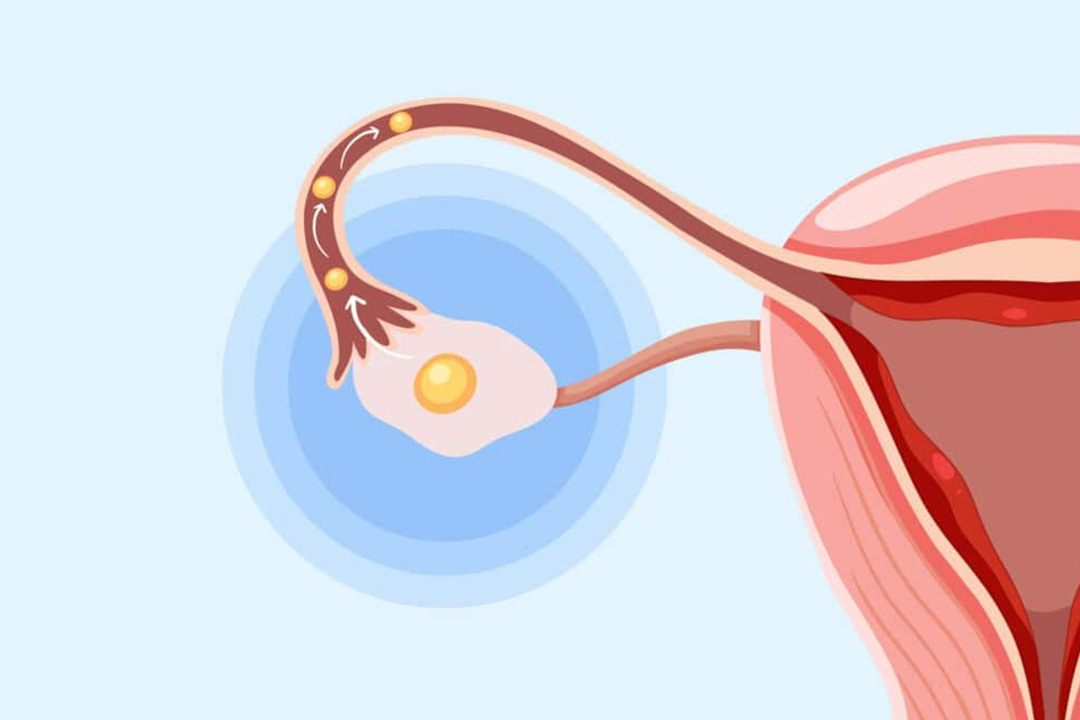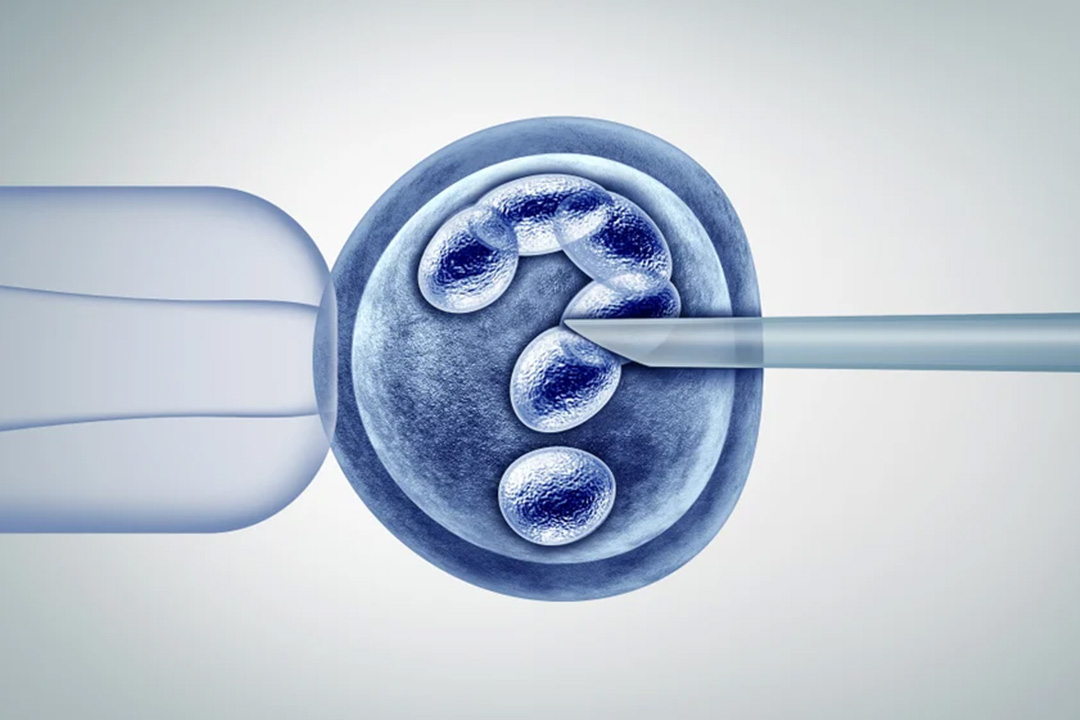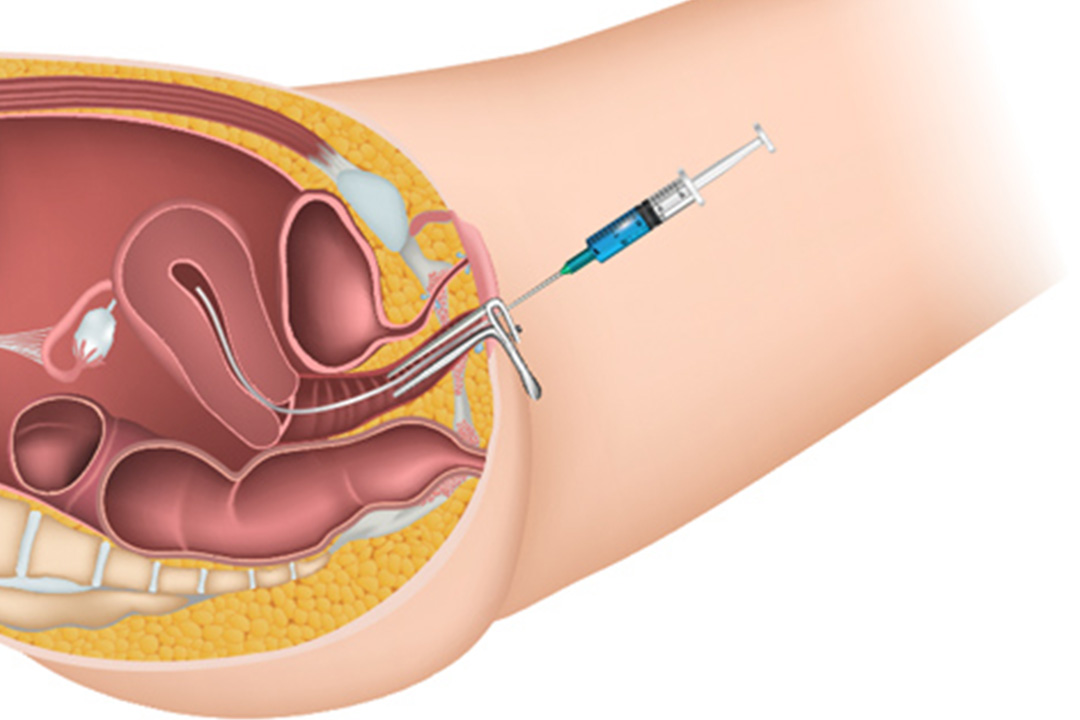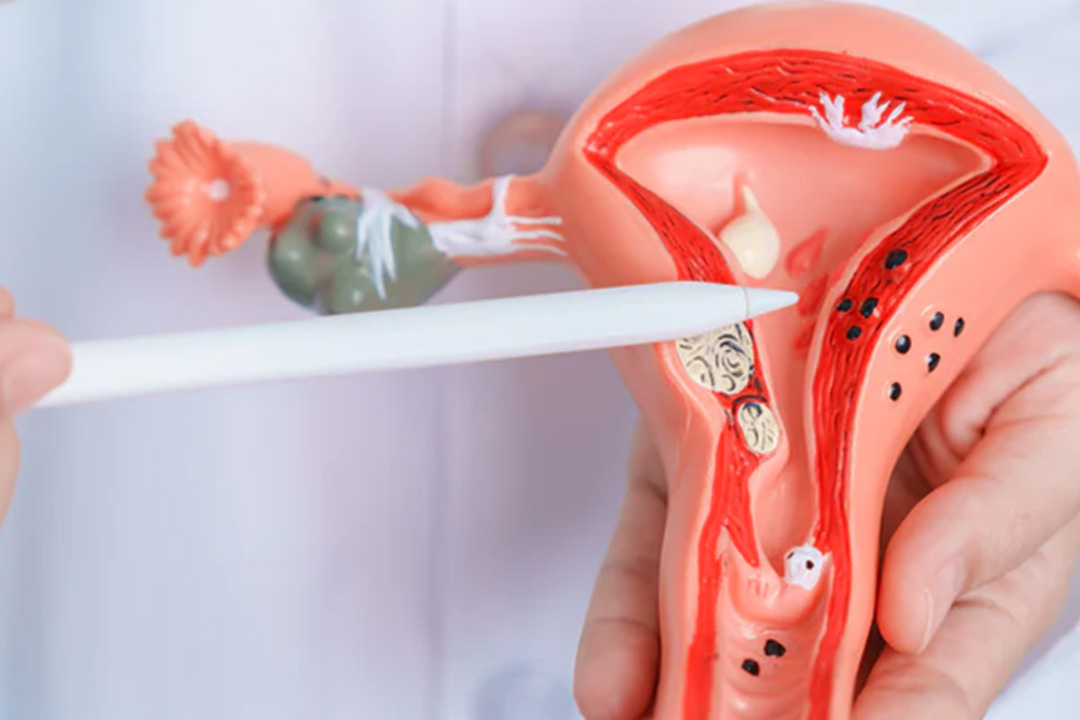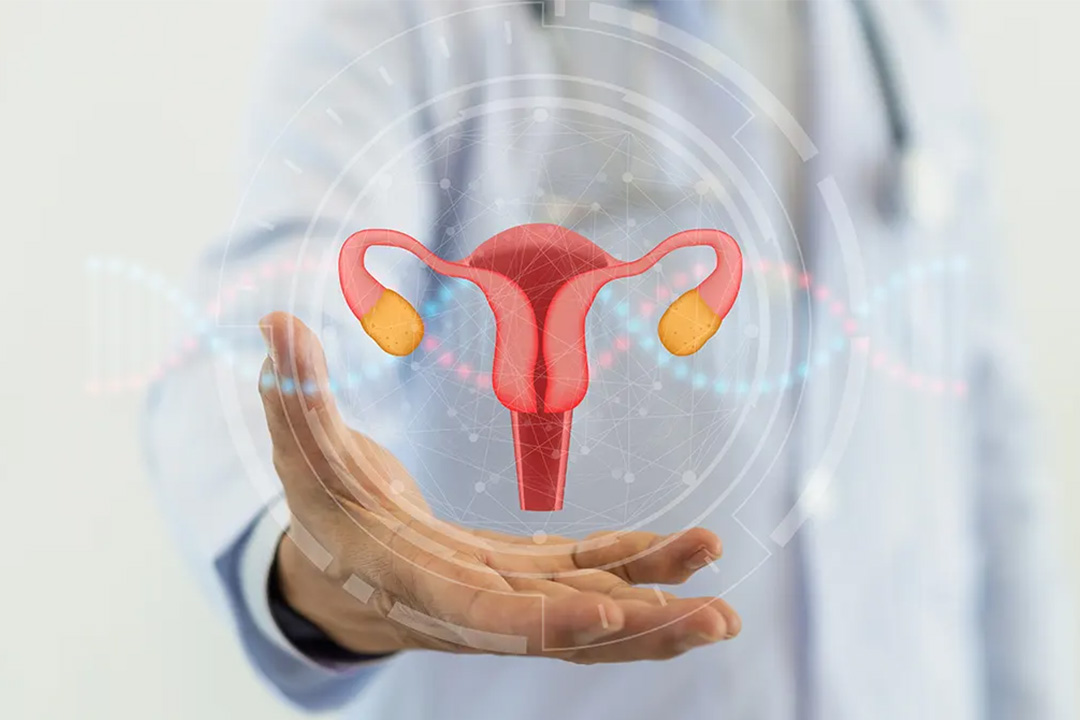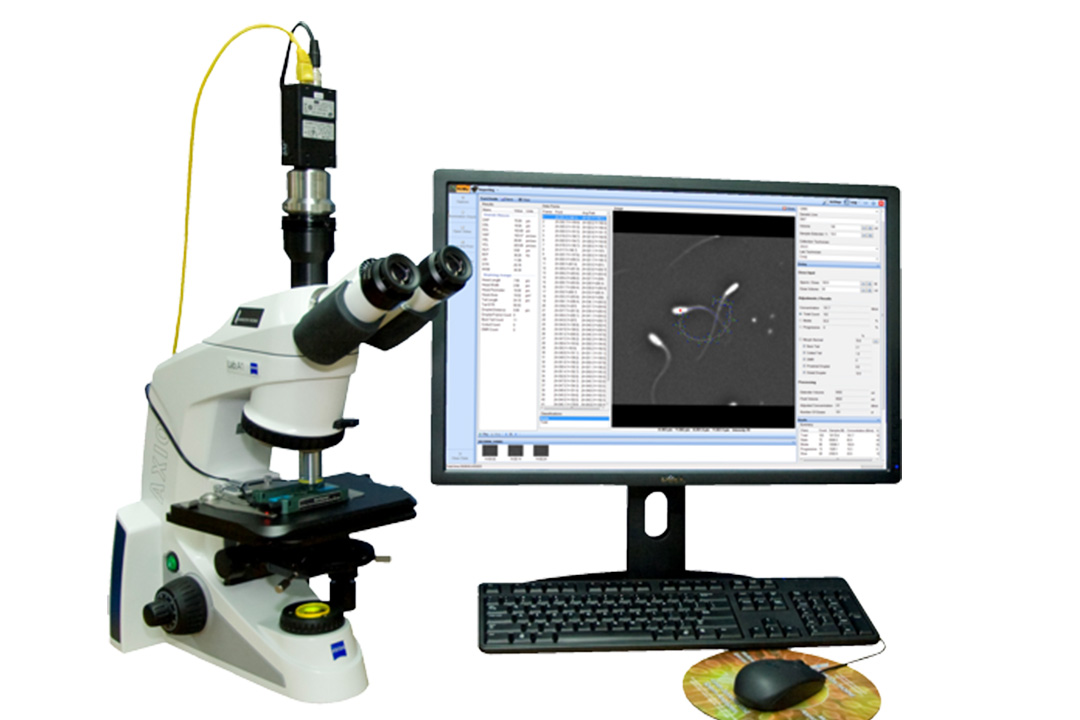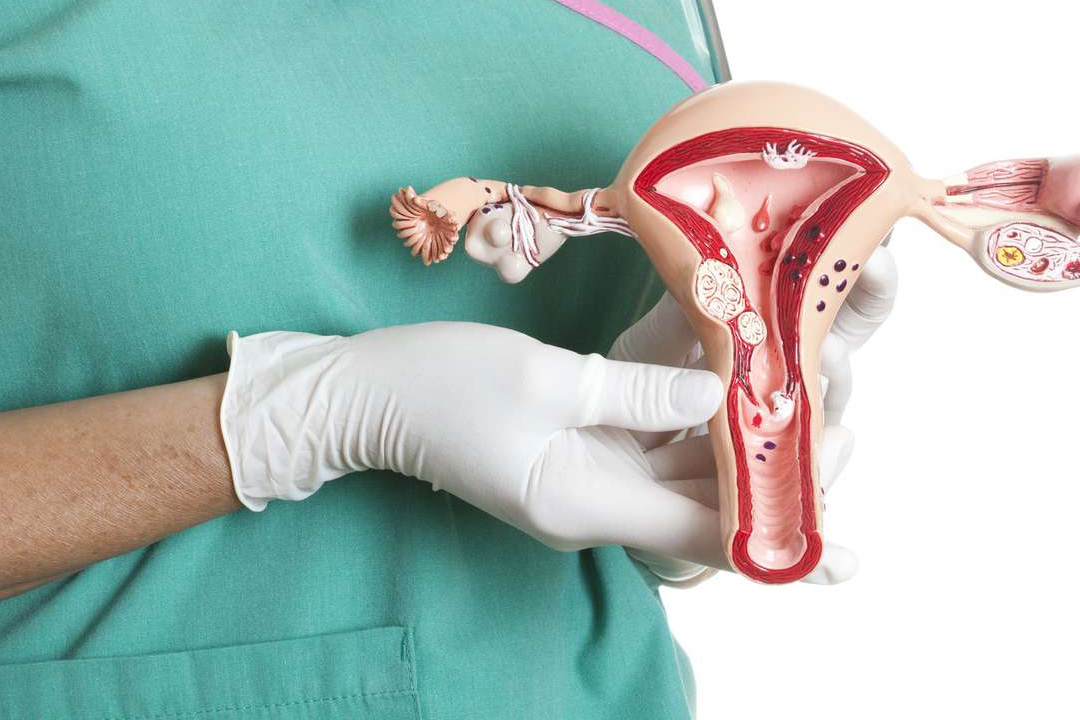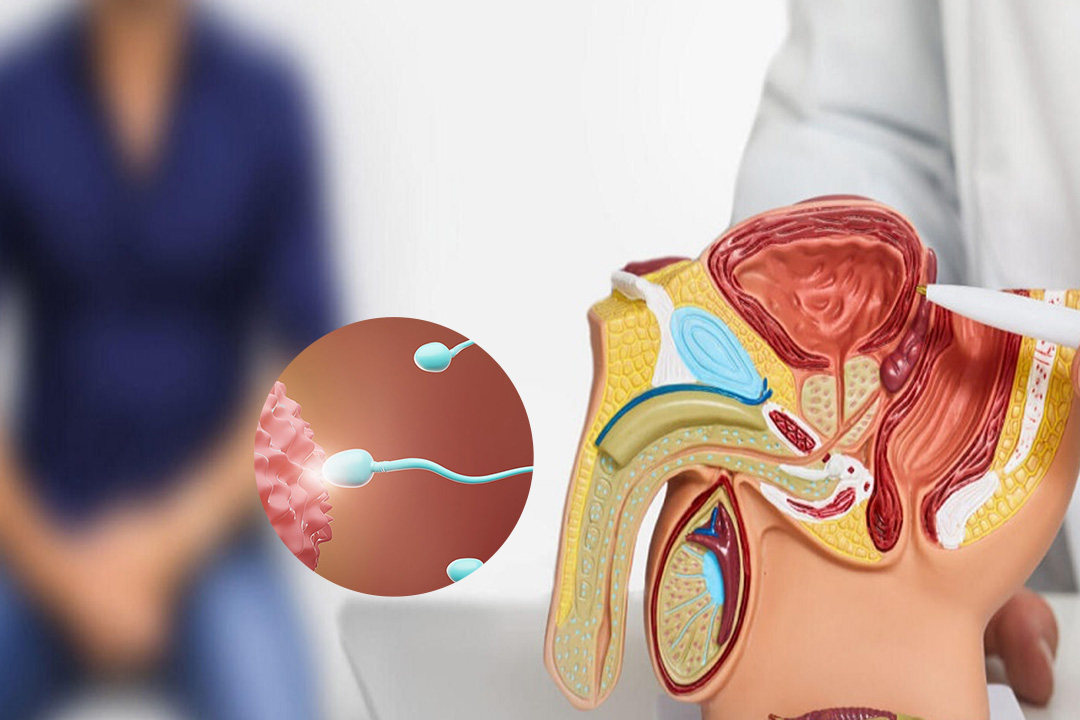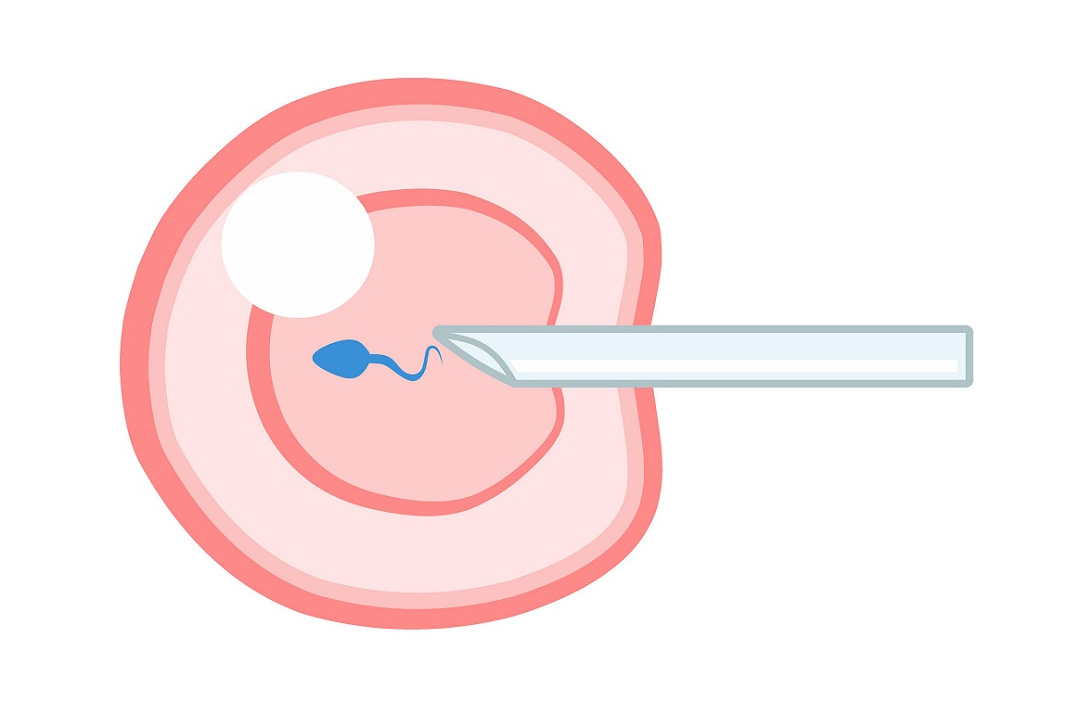What is Aspermia? Causes, Symptoms & Treatment Options
Aspermia means no semen appears when a man ejaculates. In many cases the orgasm still happens, but the fluid that normally carries sperm is missing or so scant that you barely notice it.
That single fact “dry ejaculation” is what separates aspermia from more common issues like a low sperm count or poor sperm movement.
How is Aspermia Different From Azoospermia?
Azoospermia has semen with zero sperm, while aspermia has almost no semen at all. Think of semen as a delivery truck and sperm as the parcels inside.
In azoospermia the truck arrives empty. In aspermia the truck never leaves the depot, so no one sees it pull up.
If you want to know more about the differences between this two, check out this blog- Difference Between Aspermia and Azoospermia.
Why Does Aspermia Happen?
The root problem is usually a blockage, nerve mis‑fire, or hormone short‑fall.
- Obstruction inside the ducts: Scarring, cysts, or a birth defect can block the tiny tubes that drain the seminal vesicles and prostate.
- Retrograde ejaculation: The bladder valve fails to close, so semen flows backward into urine.
- Nerve damage: Diabetes, spinal injuries, or pelvic surgery may break the wiring that triggers emission.
- Hormone imbalance: Low testosterone or pituitary disorders shrink the accessory glands that make fluid.
- Medication and radiation effects: Drugs for high blood pressure, enlarged prostate, depression, plus cancer therapy, often disrupt ejaculation.
- Inflammation or infection: Acute or chronic prostatitis can block ducts or change gland function.
- Psychological stress: Severe anxiety occasionally switches ejaculation off for a time.
What Signs Should You Watch For?
The most obvious sign is a “dry” or almost dry climax. Apart from that, some more signs to look out for:
- Cloudy urine right after sex (semen mixing with urine in retrograde cases)
- Pelvic or testicular aching if an obstruction builds pressure
- A hollow, unfinished feeling during orgasm
- Trouble conceiving even when erection and libido seem normal
How Do Doctors Diagnose Aspermia?
They start with a semen analysis and end with pinpoint tests.
- Semen analysis: You provide a sample; the lab often finds little or no fluid.
- Post‑ejaculatory urine test: If semen hides in the bladder, sperm shows up in the urine.
- Hormone panel: Measuring testosterone, FSH, LH, and prolactin spots endocrine reasons.
- Imaging: Scrotal or trans‑rectal ultrasound, and sometimes MRI, reveal duct blockages or absent glands.
- Genetic studies: Rarely, Y‑chromosome deletions or cystic fibrosis mutations play a part.
- Nerve checks: If a spinal injury is suspected, a neurologic work‑up follows.
Is Aspermia Treatable?
Yes, therapy depends on the cause and can restore semen flow or still achieve pregnancy.
Medicines
- Alpha‑adrenergic drugs tighten the bladder neck so semen goes forward, not backward.
- Hormone replacement corrects testosterone or pituitary deficits.
Surgery
- Trans‑urethral resection of the ejaculatory ducts (TURED) unblocks the pathway.
- Vasovasostomy or duct reconstruction* repairs scarred tubes.
Sperm retrieval
When repair is impossible, doctors can harvest sperm directly from the testes or epididymis (PESA, TESE) for use in IVF or ICSI.
Can Lifestyle Changes Help?
Healthy habits improve overall fertility and may amplify treatment results.
- Quitting smoking and limiting alcohol both harm sperm production.
- Control diabetes, blood pressure, and weight; metabolic problems blunt nerve signals and hormones.
- Review chronic medications with your doctor; an alternative drug might remove the ejaculation roadblock.
- Manage stress through exercise, mindfulness, or therapy, because tension alone can dampen performance.
What are the different types of aspermia?
Doctors talk about complete versus partial aspermia because the amount of fluid helps narrow down the cause.
- Complete aspermia: zero visible fluid. This often hints at a fully blocked pathway, severe nerve damage, or a developmental issue in which the prostate and seminal vesicles never matured enough to make semen.
- Partial aspermia: a few drops appear, but the total volume is far below the usual two to six millilitres. Here the tubes may be only partly blocked, the glands may be producing less fluid, or the ejaculation reflex may be weak.
Living With Aspermia: What Should We Expect?
Life goes on, but you and your partner may need fresh strategies for family planning and intimacy.
- Fertility options: Sperm retrieval with IVF offers a path to biological parenthood even if semen never appears in the ejaculate.
- Emotional health: “Dry” climax can feel alien at first; open talk and sex therapy keep intimacy alive.
- Follow‑up: Treat underlying illnesses like diabetes, infection, hormone issues to prevent relapse.
Frequently Asked Questions
I’m 30—is IVF for me if my partner has aspermia?
Yes. Many clinics suggest IVF with ICSI once sperm are retrieved surgically. Your age favors success, but a full fertility work‑up for both partners guides the final plan.
Can aspermia fix itself?
Temporary aspermia due to stress, acute infection, or a reversible medication sometimes clears on its own. Persistent cases need medical review.
Does aspermia cause erectile dysfunction?
Not directly. You can have normal erections and libido yet still lack semen. That said, the stress of infertility may indirectly affect performance.
Will retrograde ejaculation harm my bladder?
The bladder washes semen out with the next urination; long‑term damage is rare. Still, treating the cause improves comfort and fertility.
Can I still enjoy sex without semen?
Absolutely. Orgasm intensity often feels the same. Learning that pleasure is intact, even if the fluid is missing, eases anxiety.
How long after surgery for duct blockage can we try for a baby?
Many surgeons advise a three‑month healing window so ducts stay open and semen quality stabilizes.
Conclusion
Aspermia may seem alarming, but understanding the condition turns fear into manageable steps.
Pinpointing whether the problem is due to a blockage, backward flow, nerve signal, or gland under‑development sets the stage for targeted treatment.
Many men regain normal ejaculation, and even when they do not, modern reproductive techniques make biological parenthood possible.
If you notice unusually low or absent semen, seek a professional evaluation early the sooner the cause is known, the broader and more effective your options will be.
About Us
AKsigen IVF is a premier center for advanced fertility treatments, with renowned fertility experts on our team. Specializing in IVF, ICSI, egg freezing, and other cutting-edge reproductive technologies, AKsigen IVF is committed to helping couples achieve their dream of parenthood. With personalized care and a patient-first approach, AKsigen IVF provides comprehensive fertility solutions under one roof.





